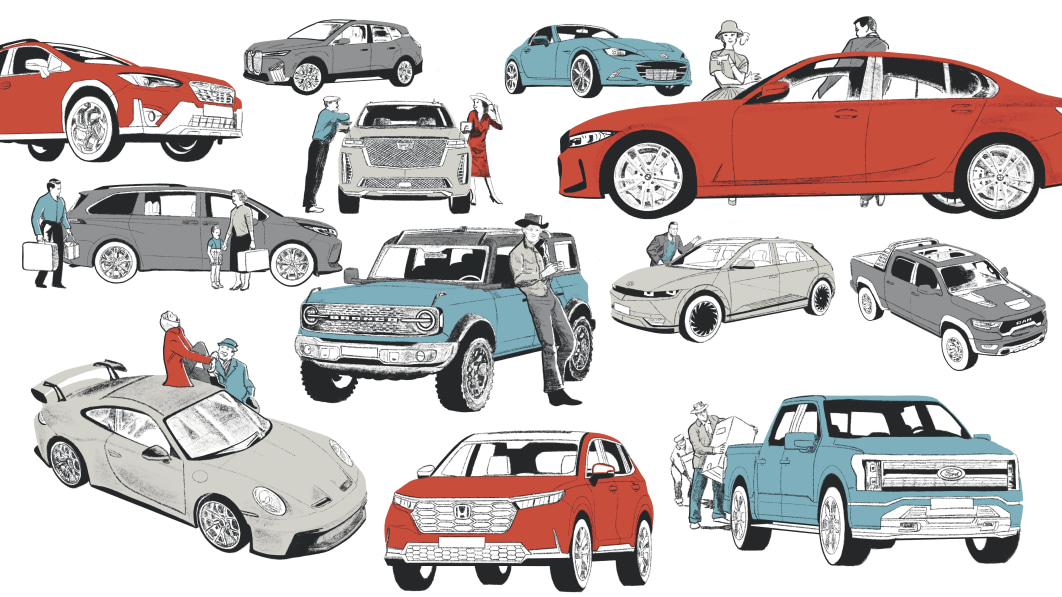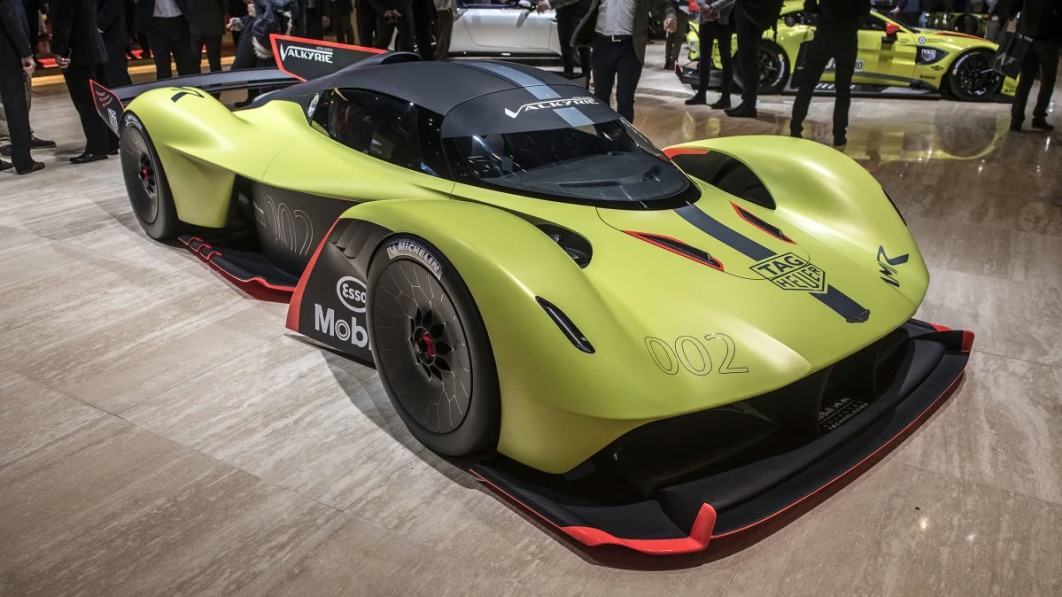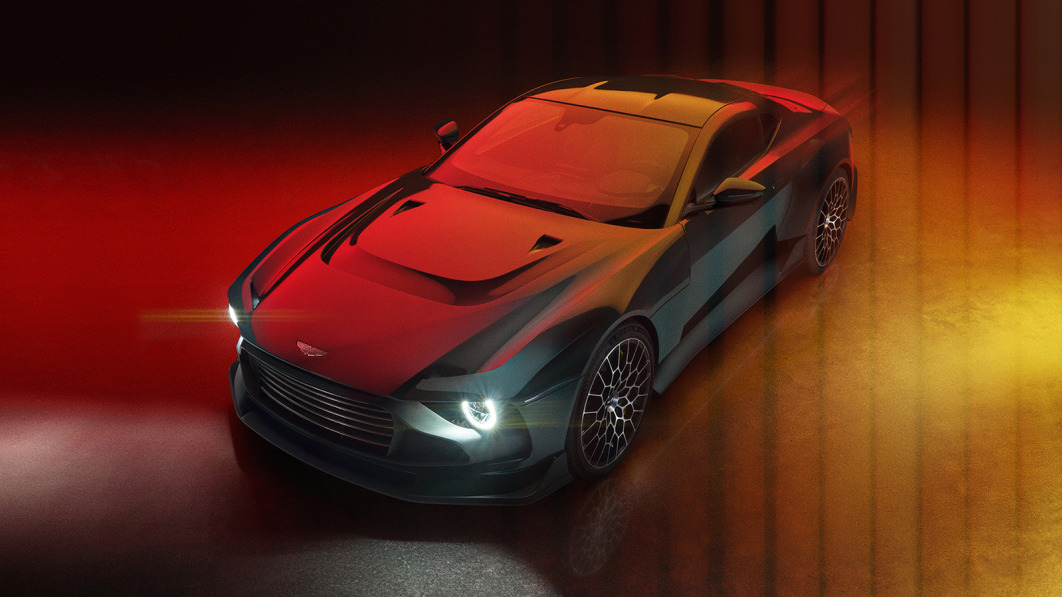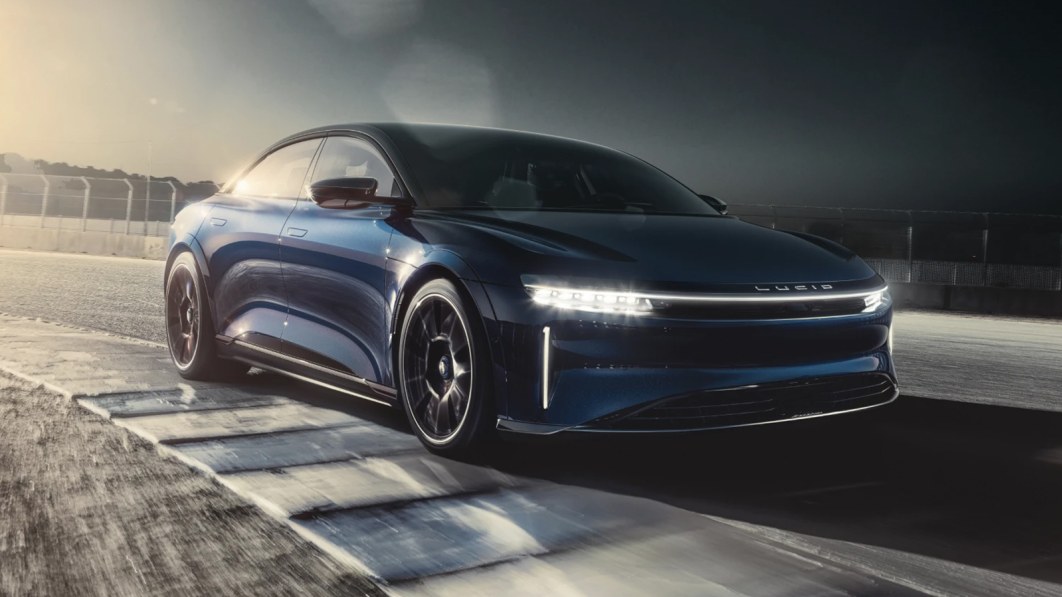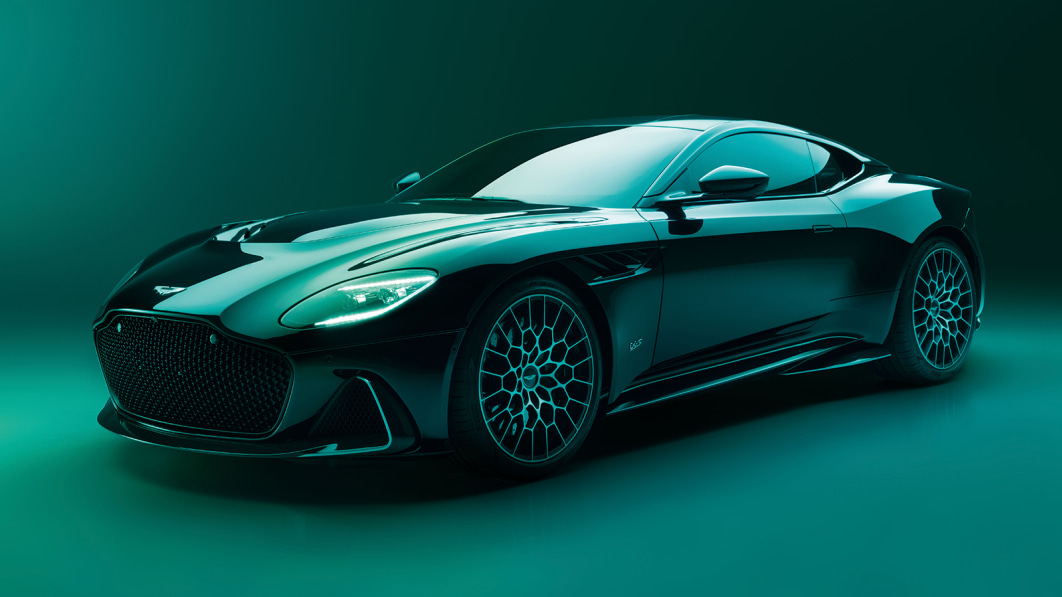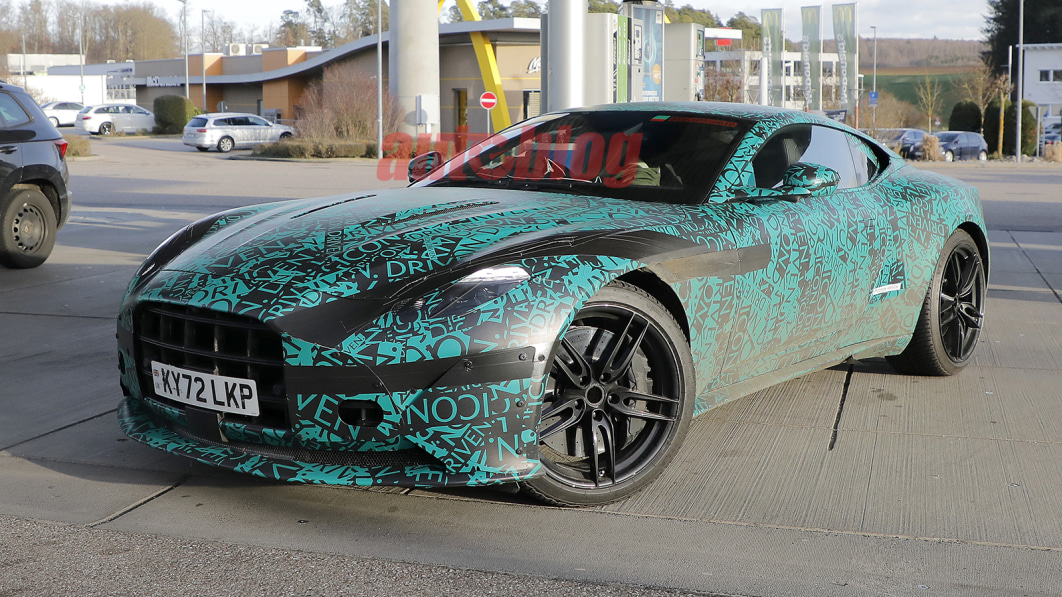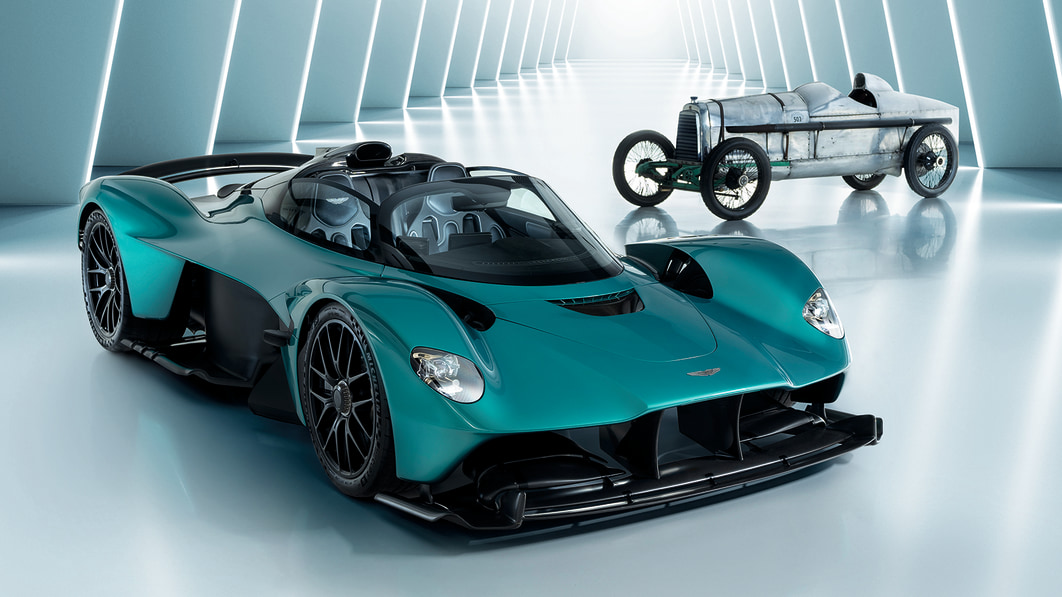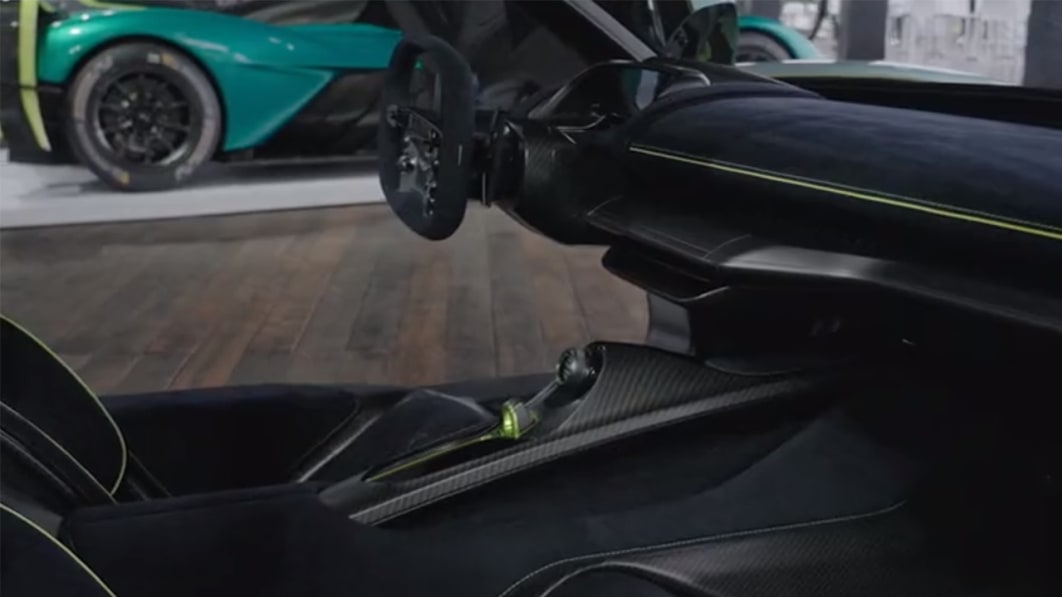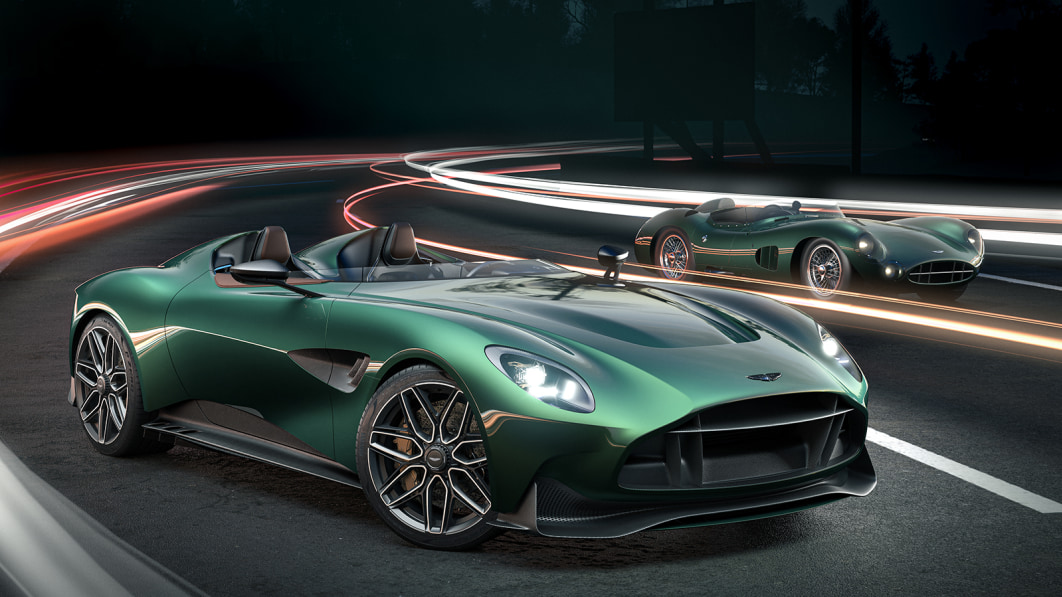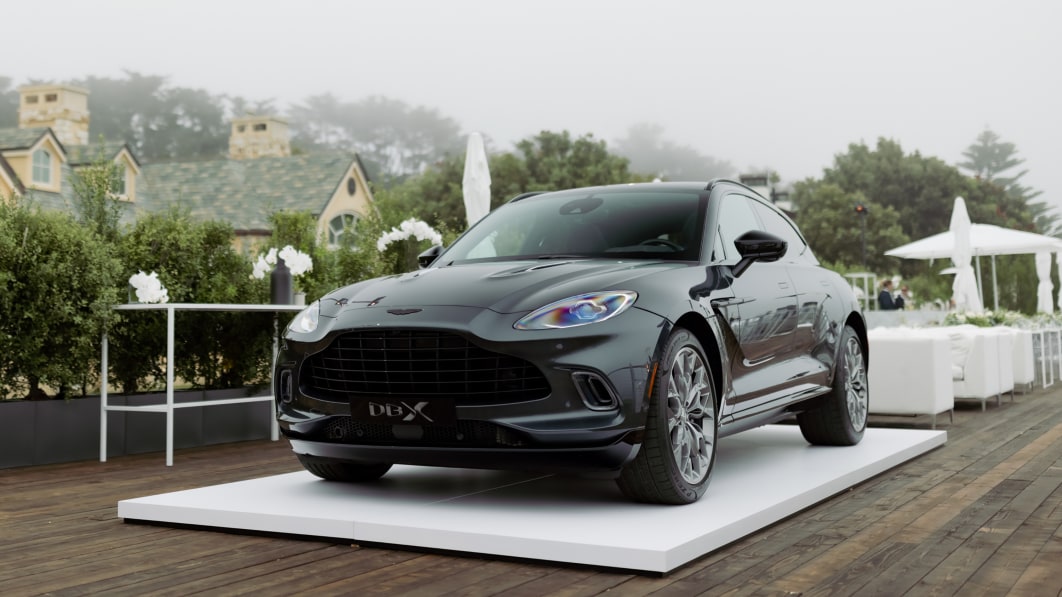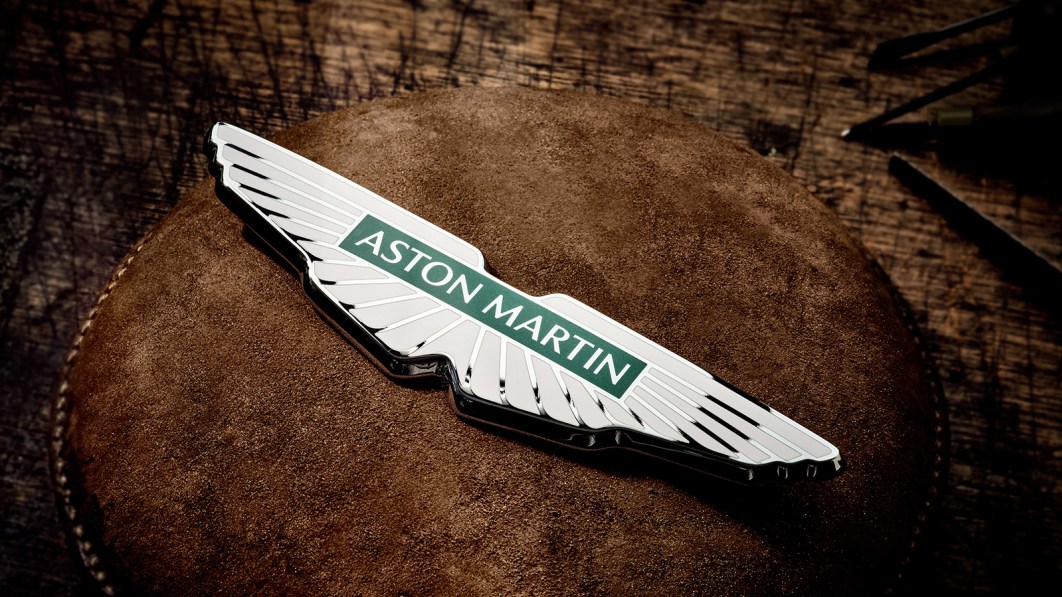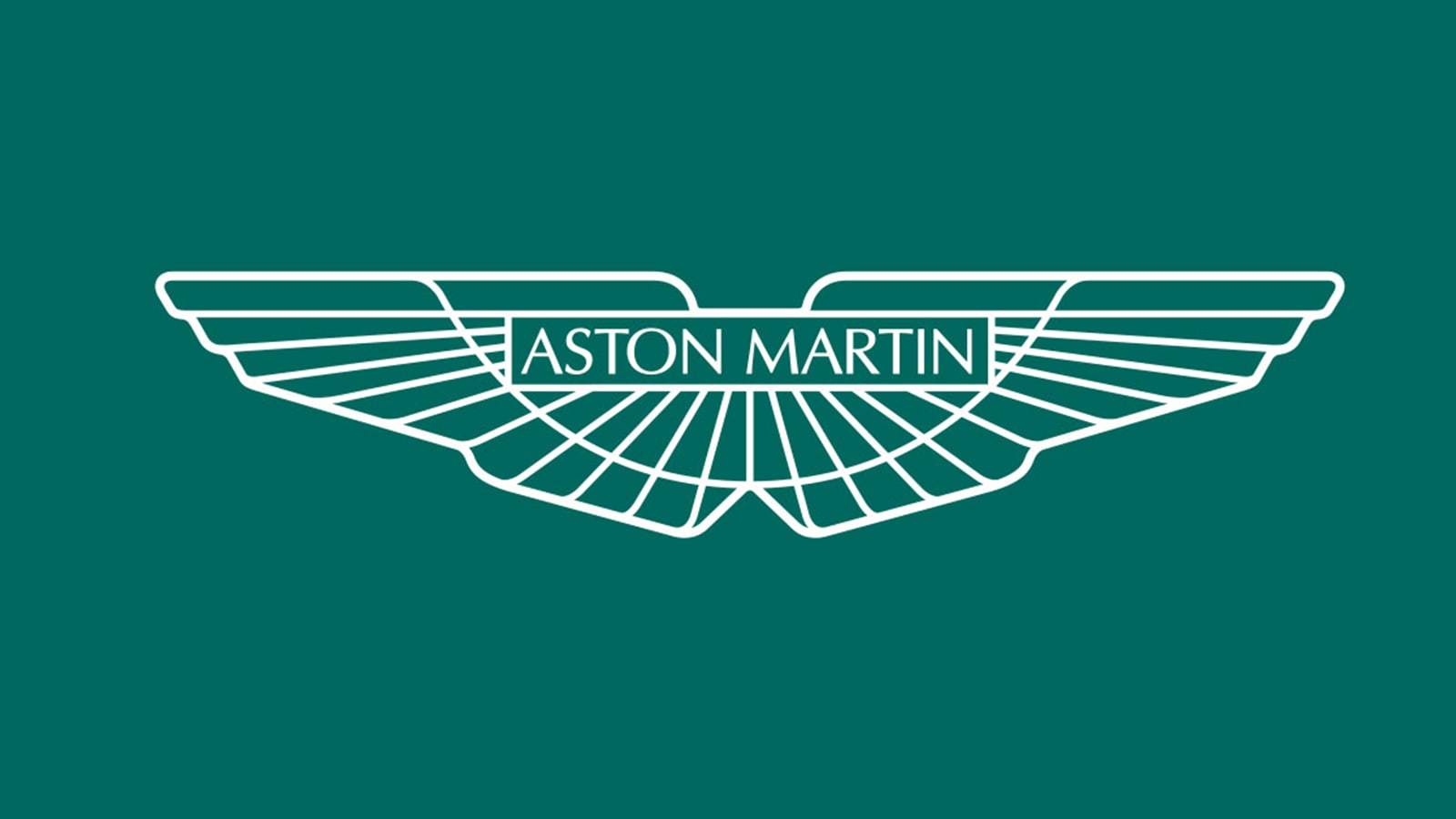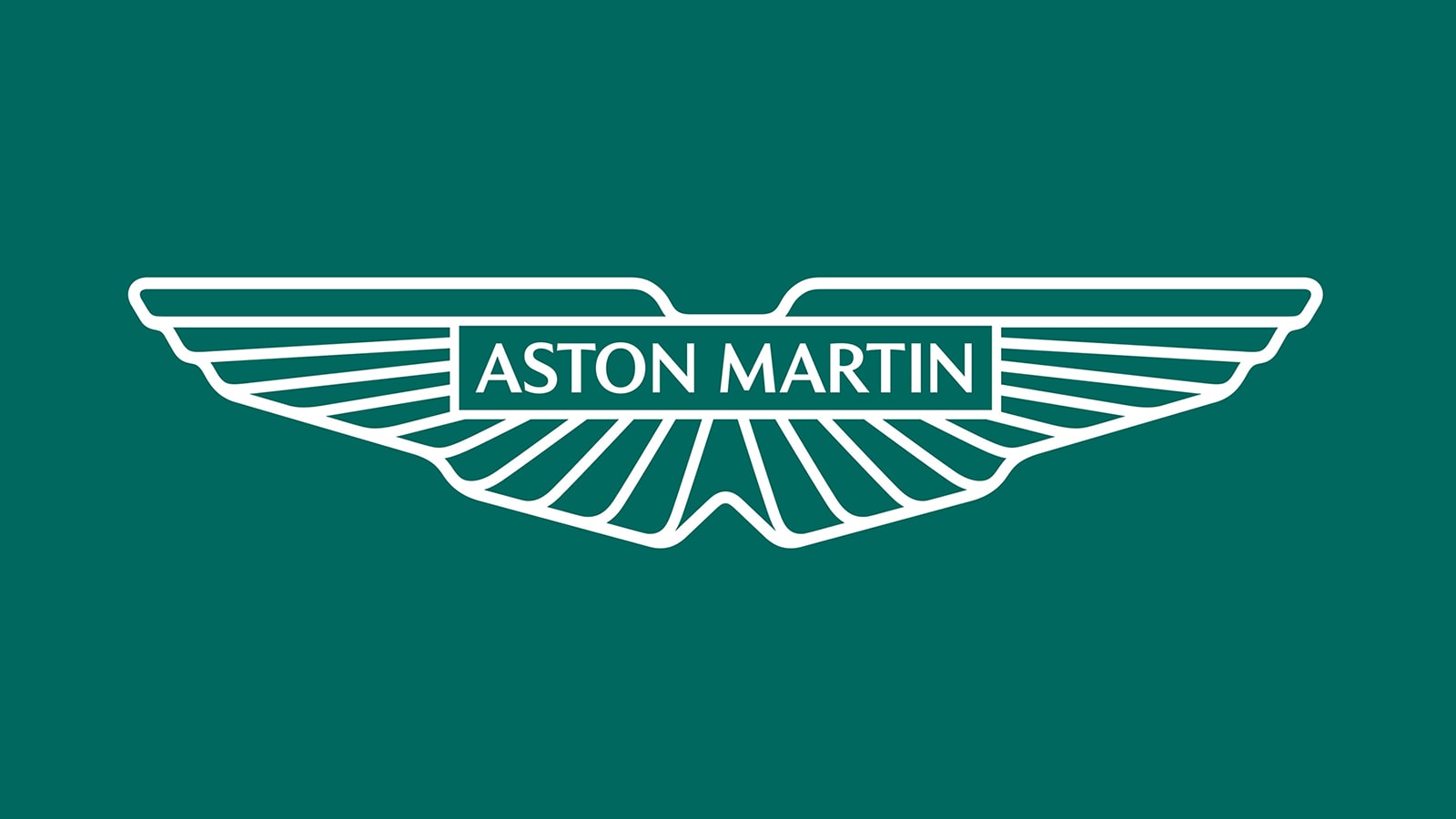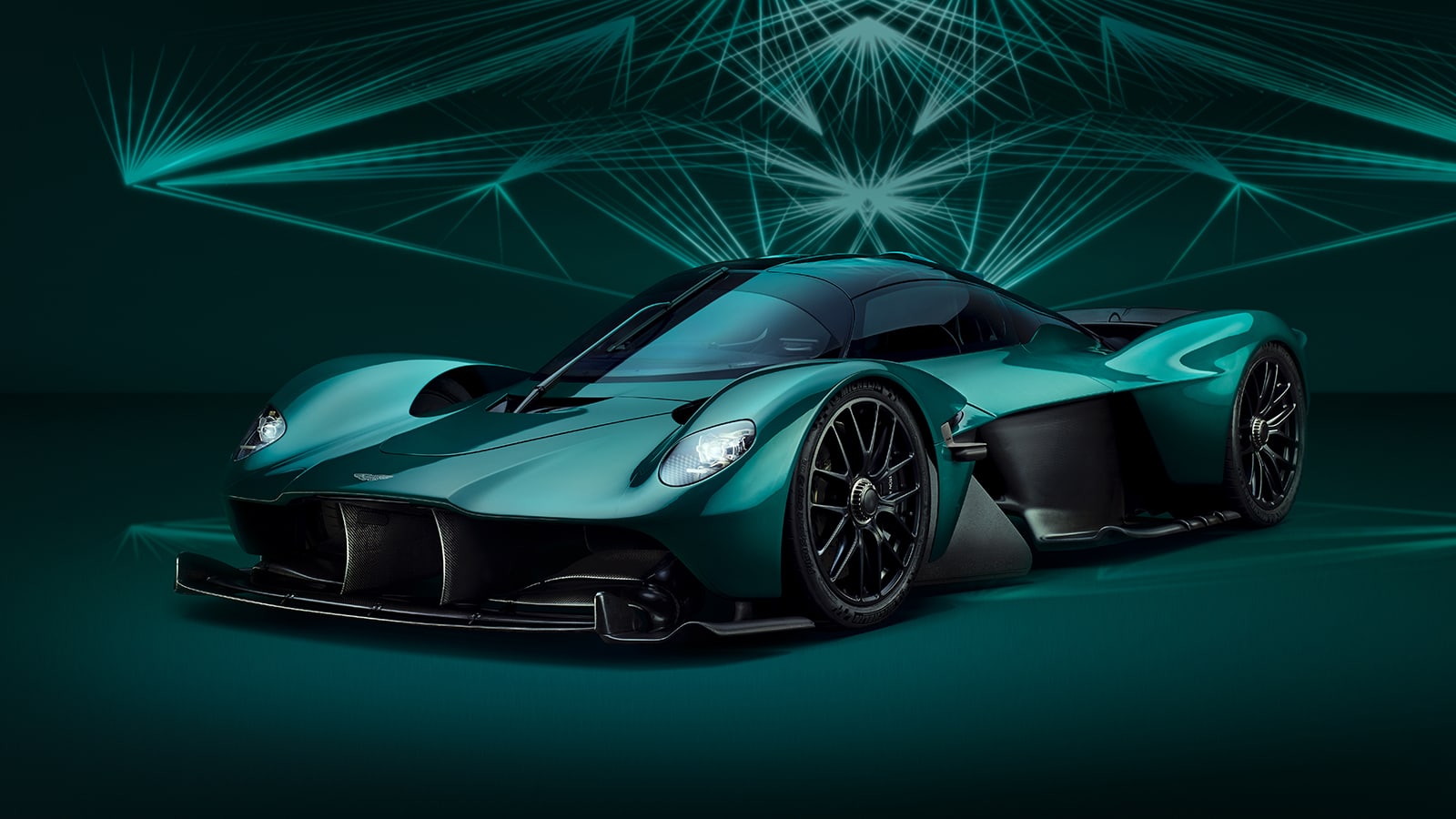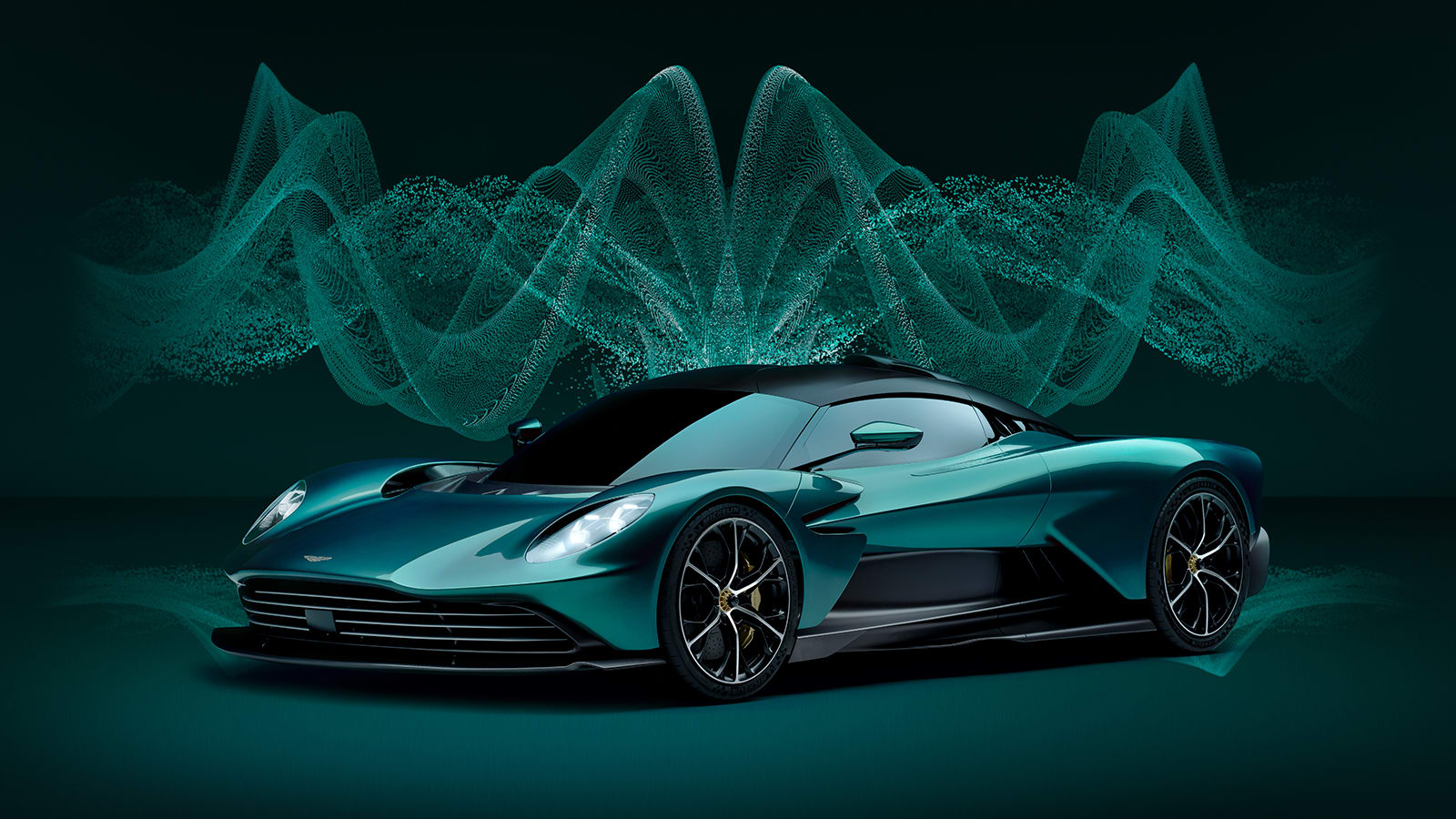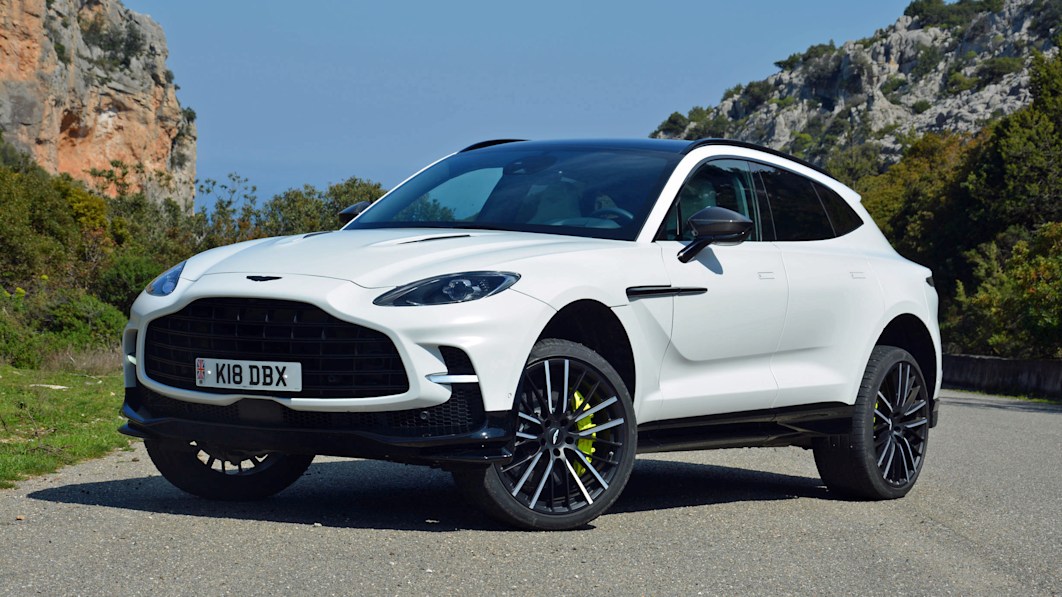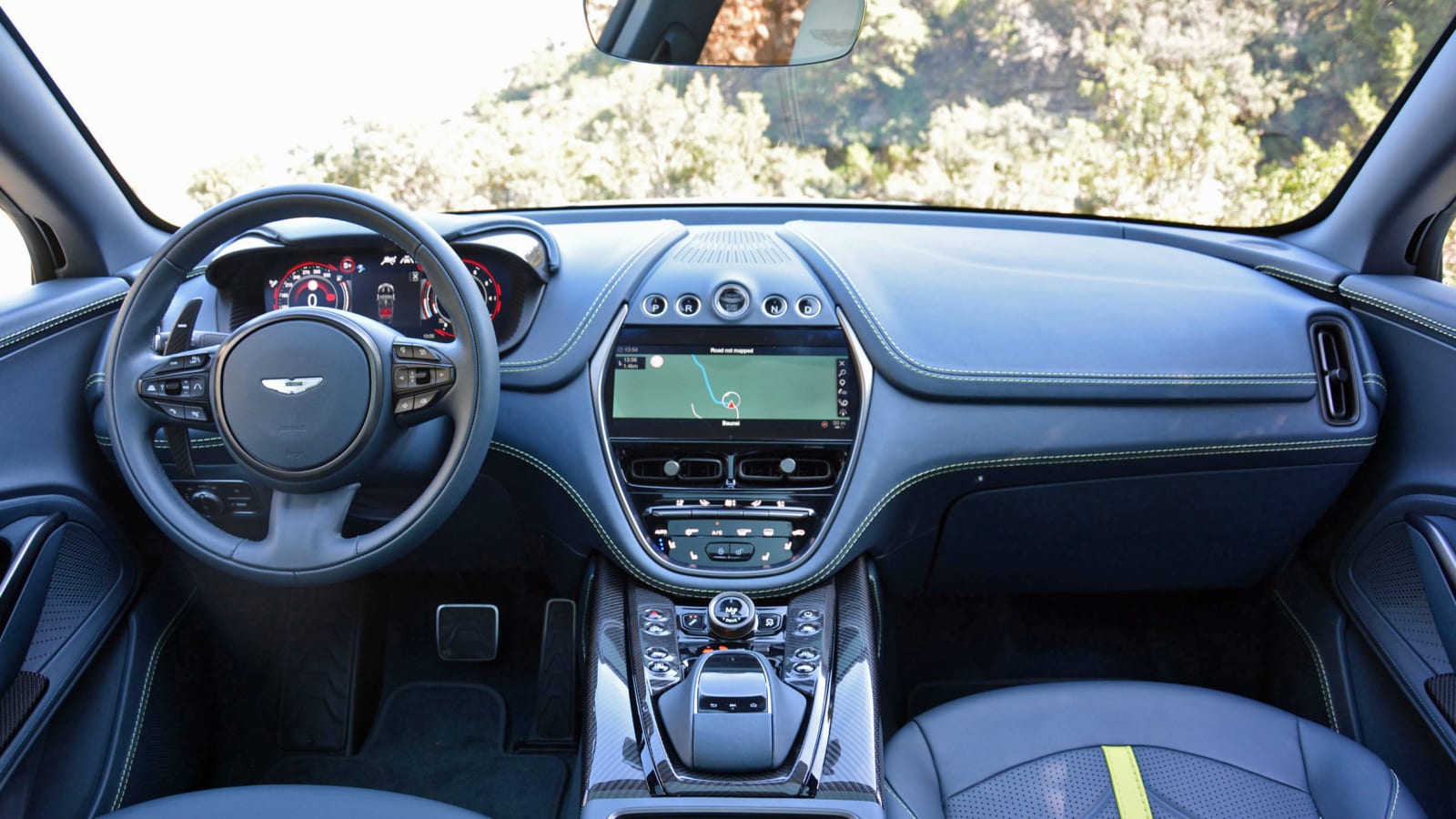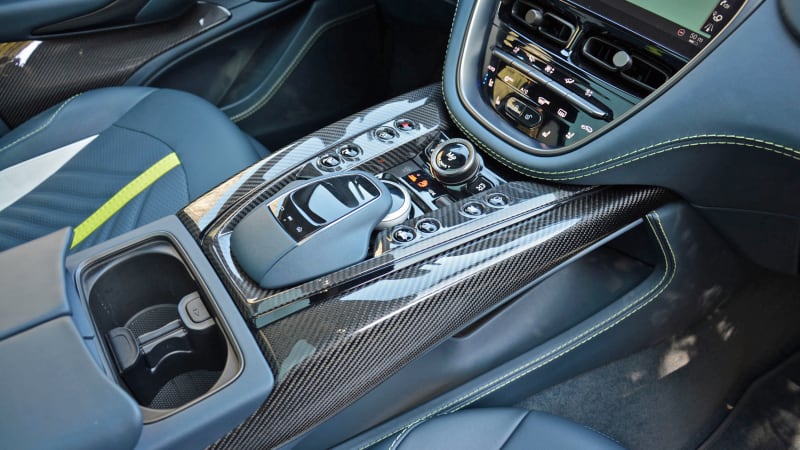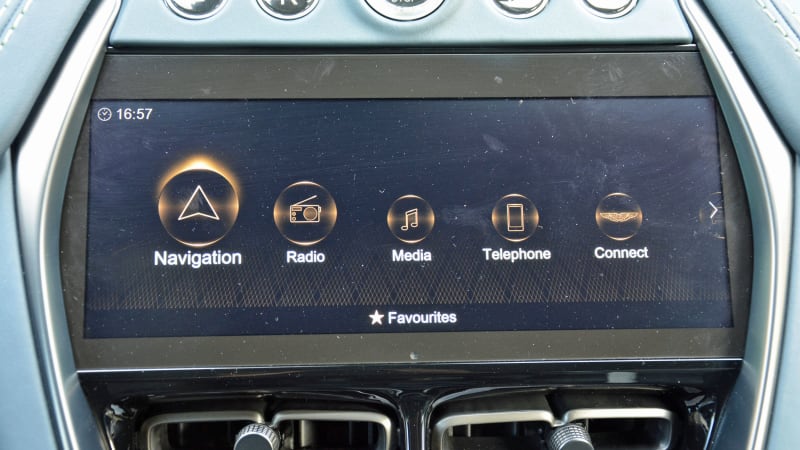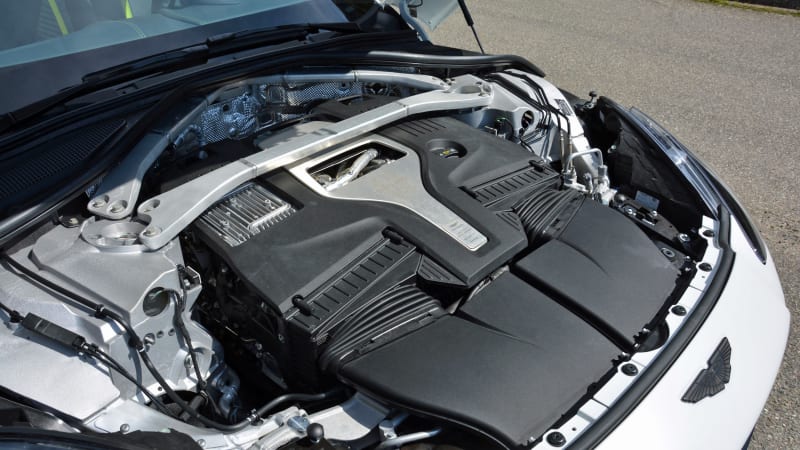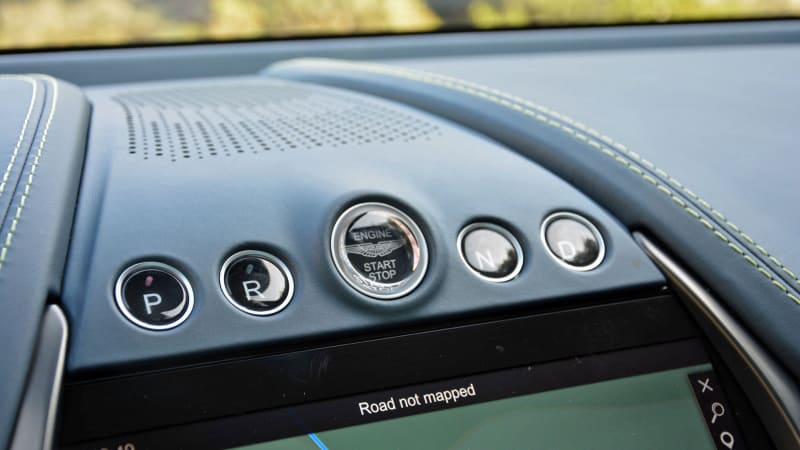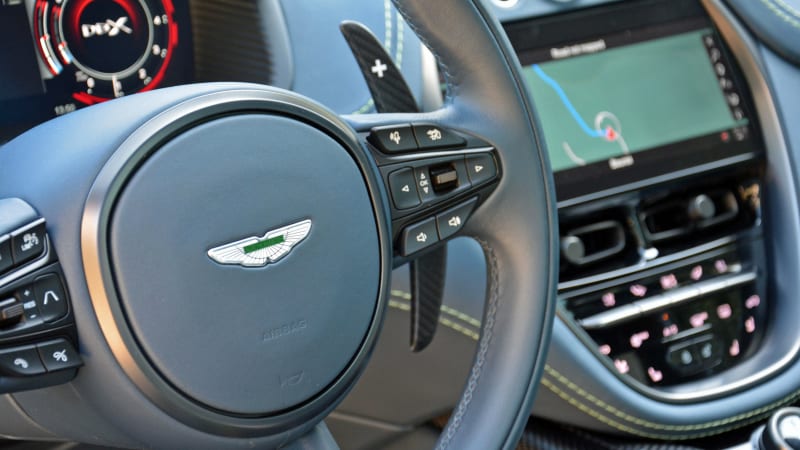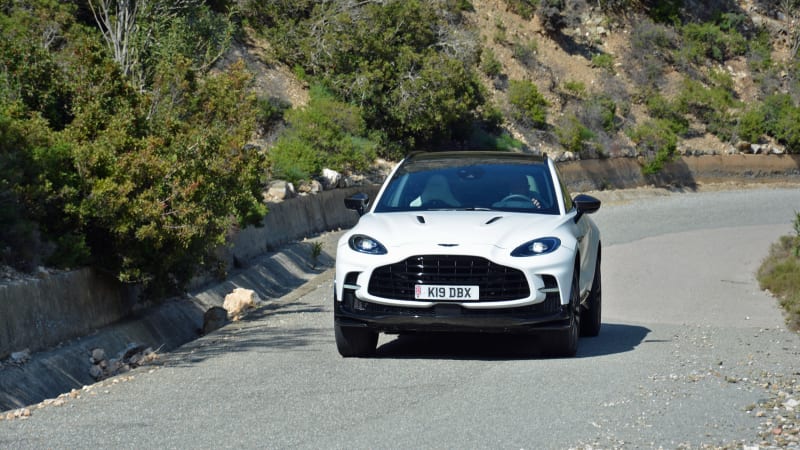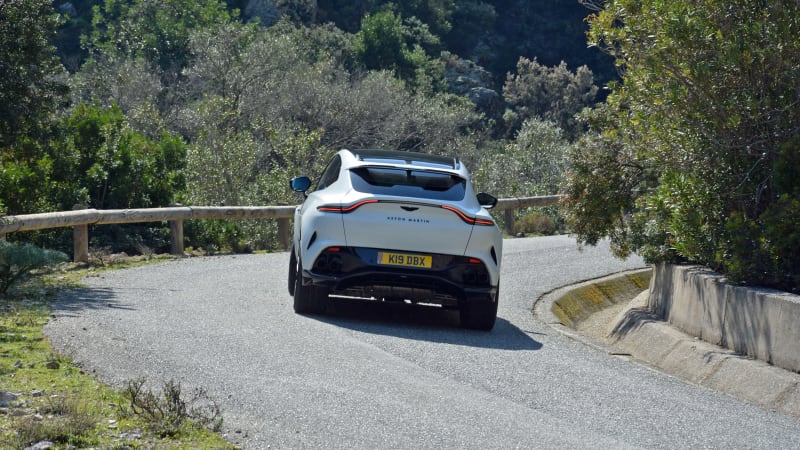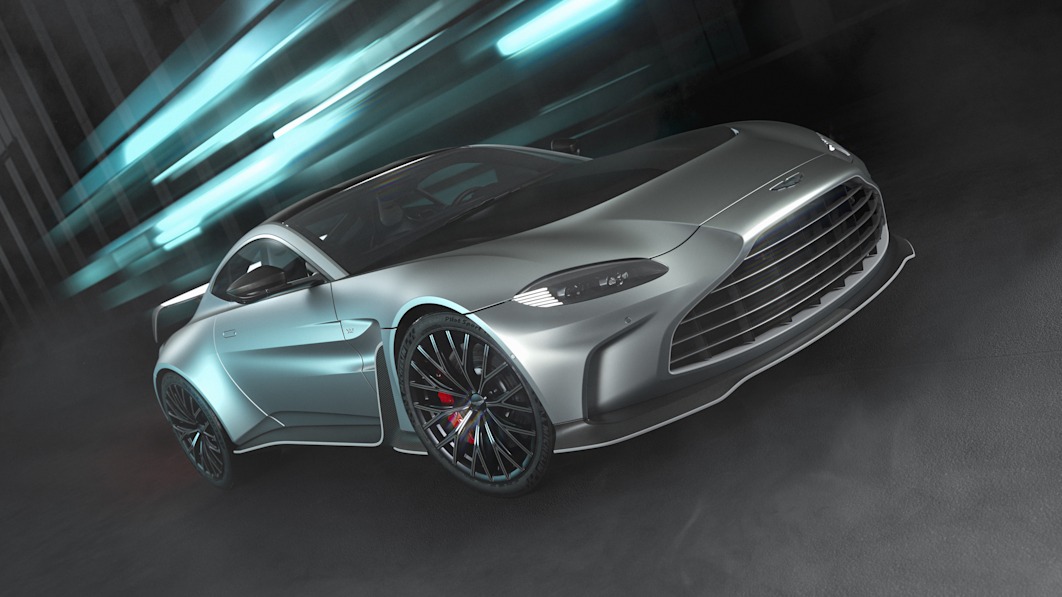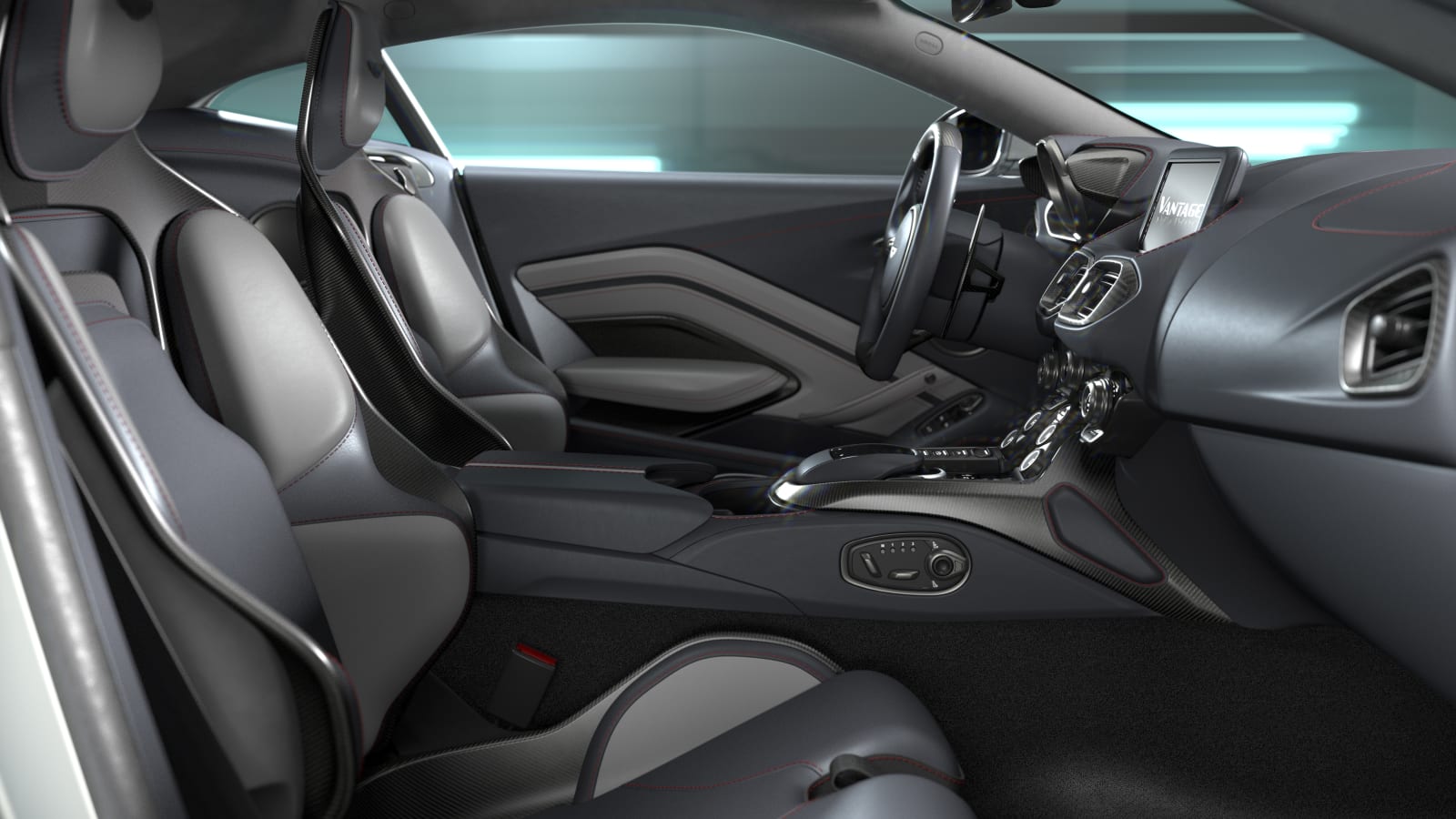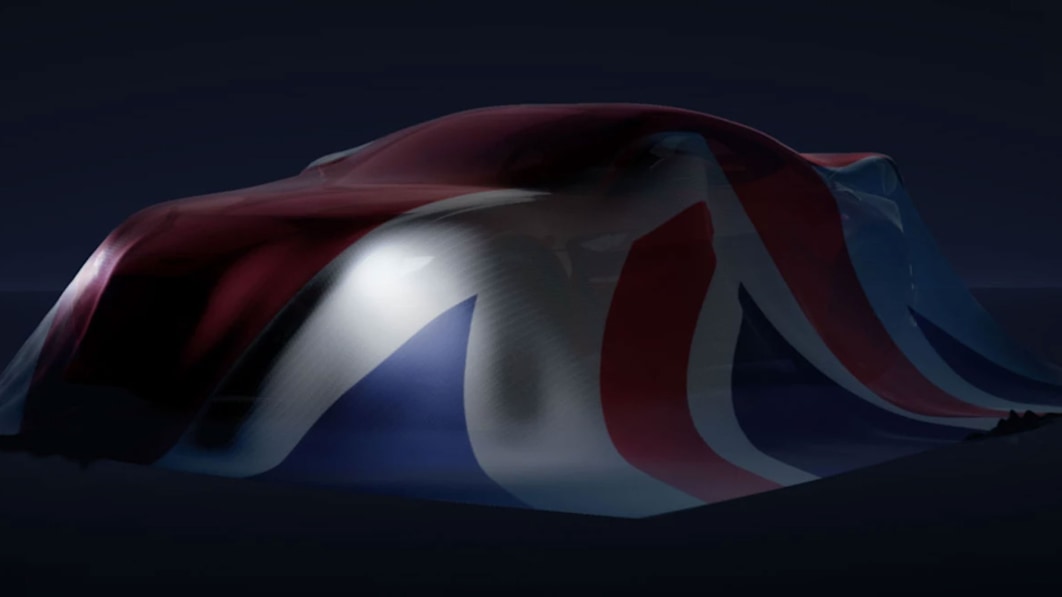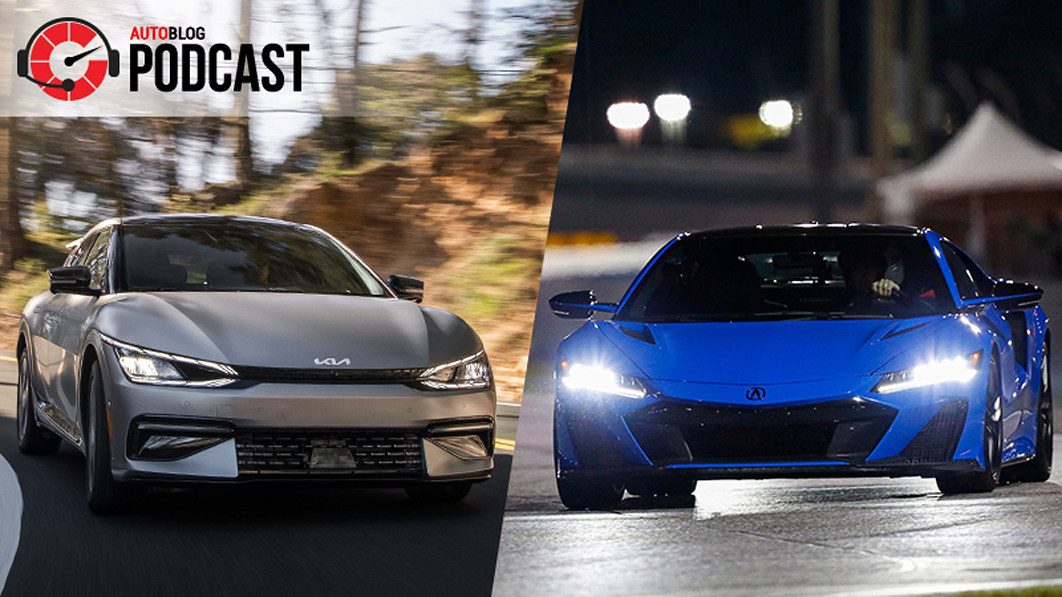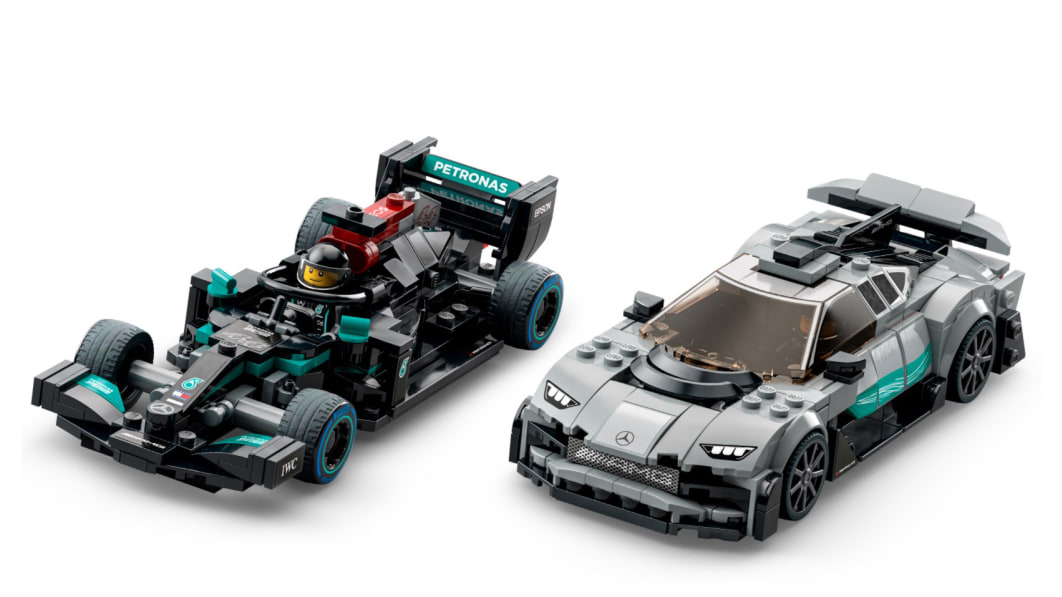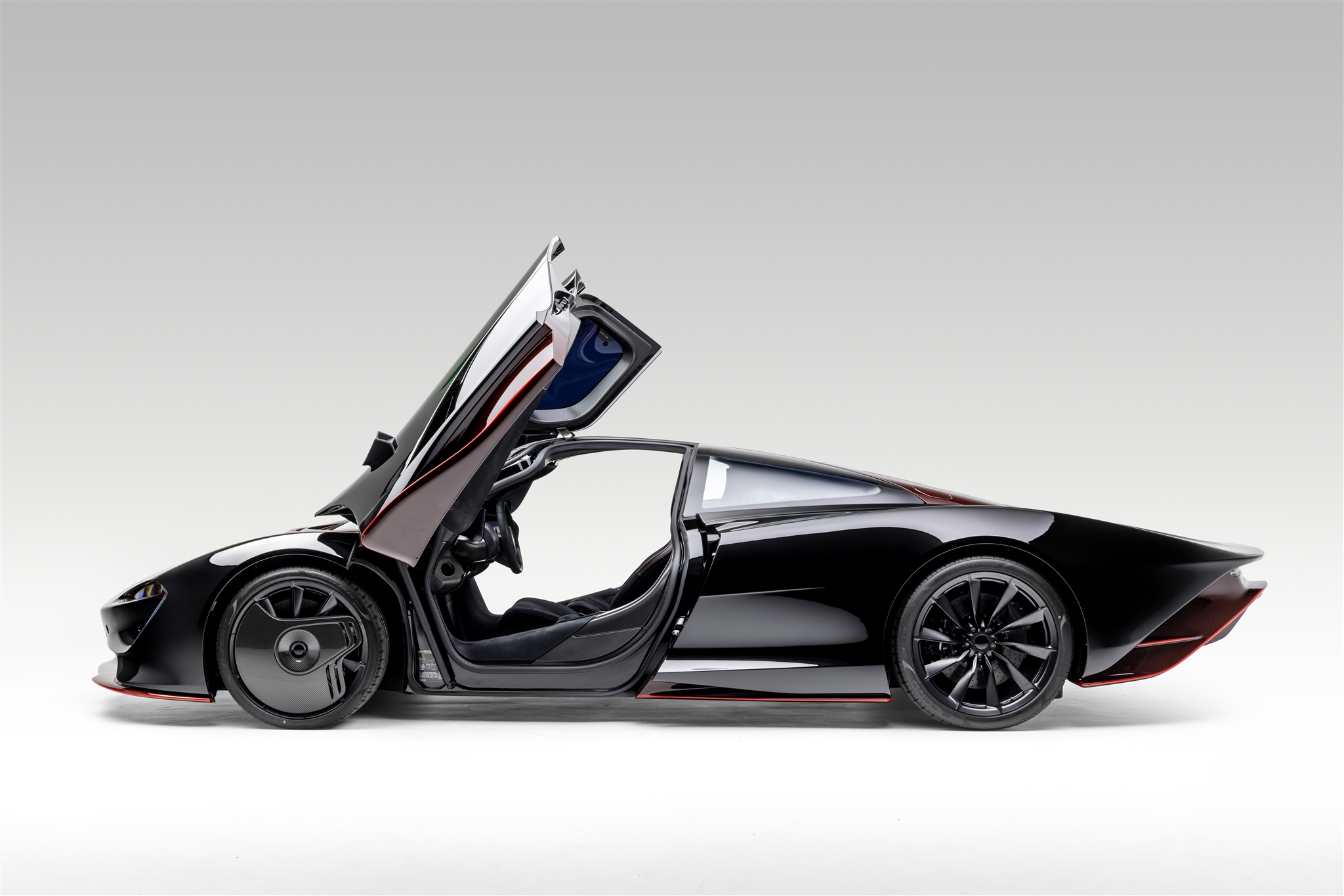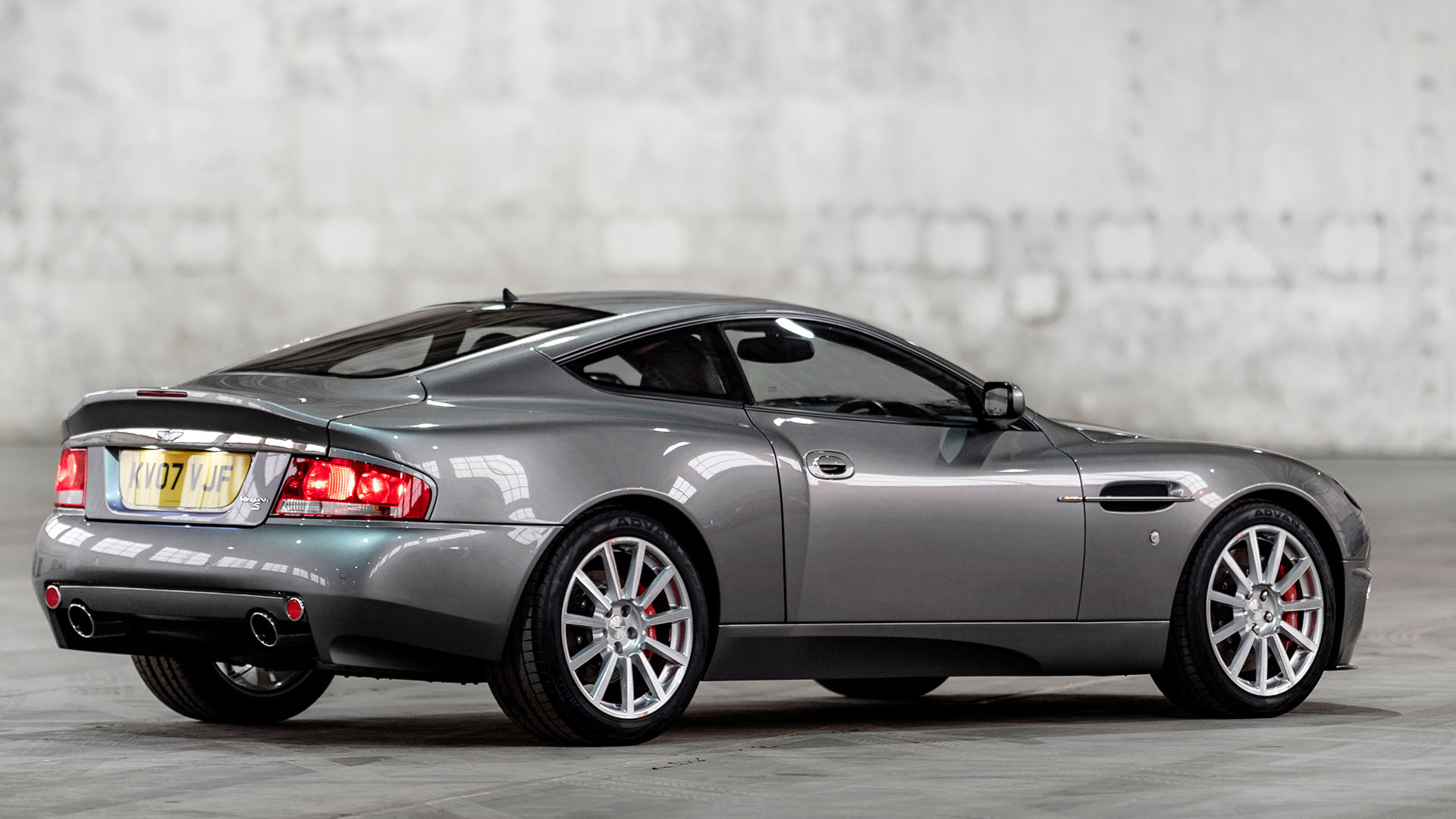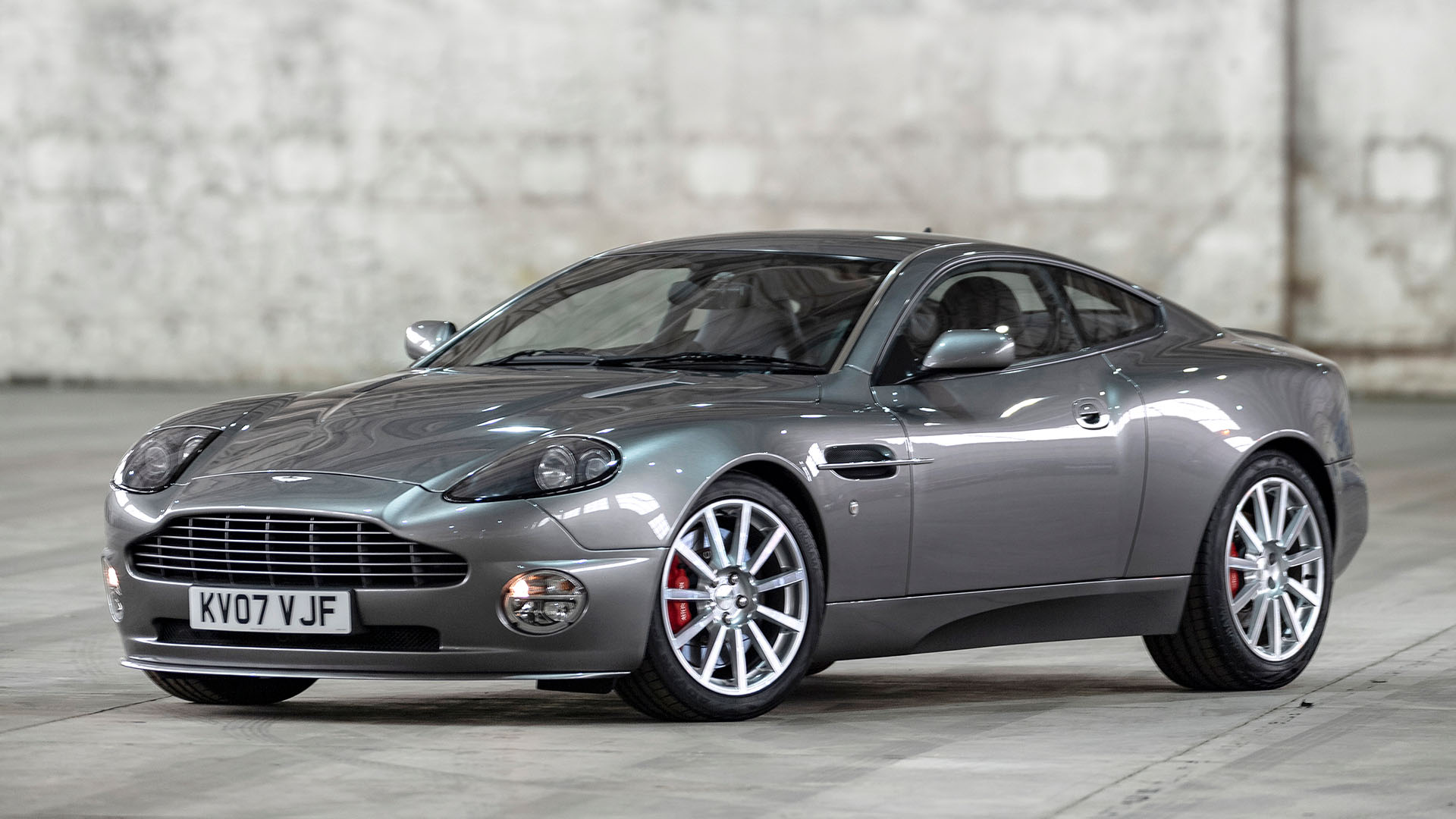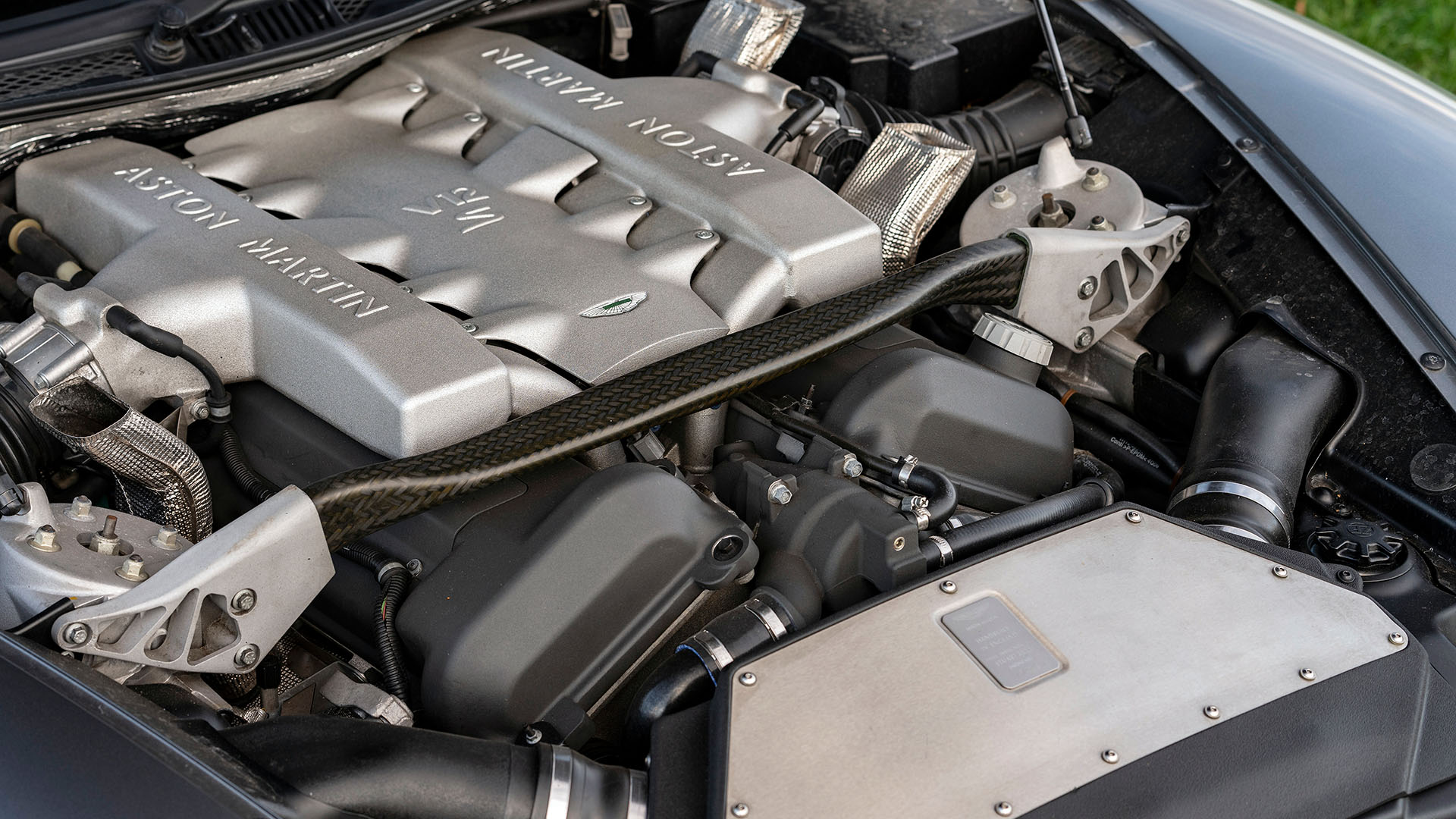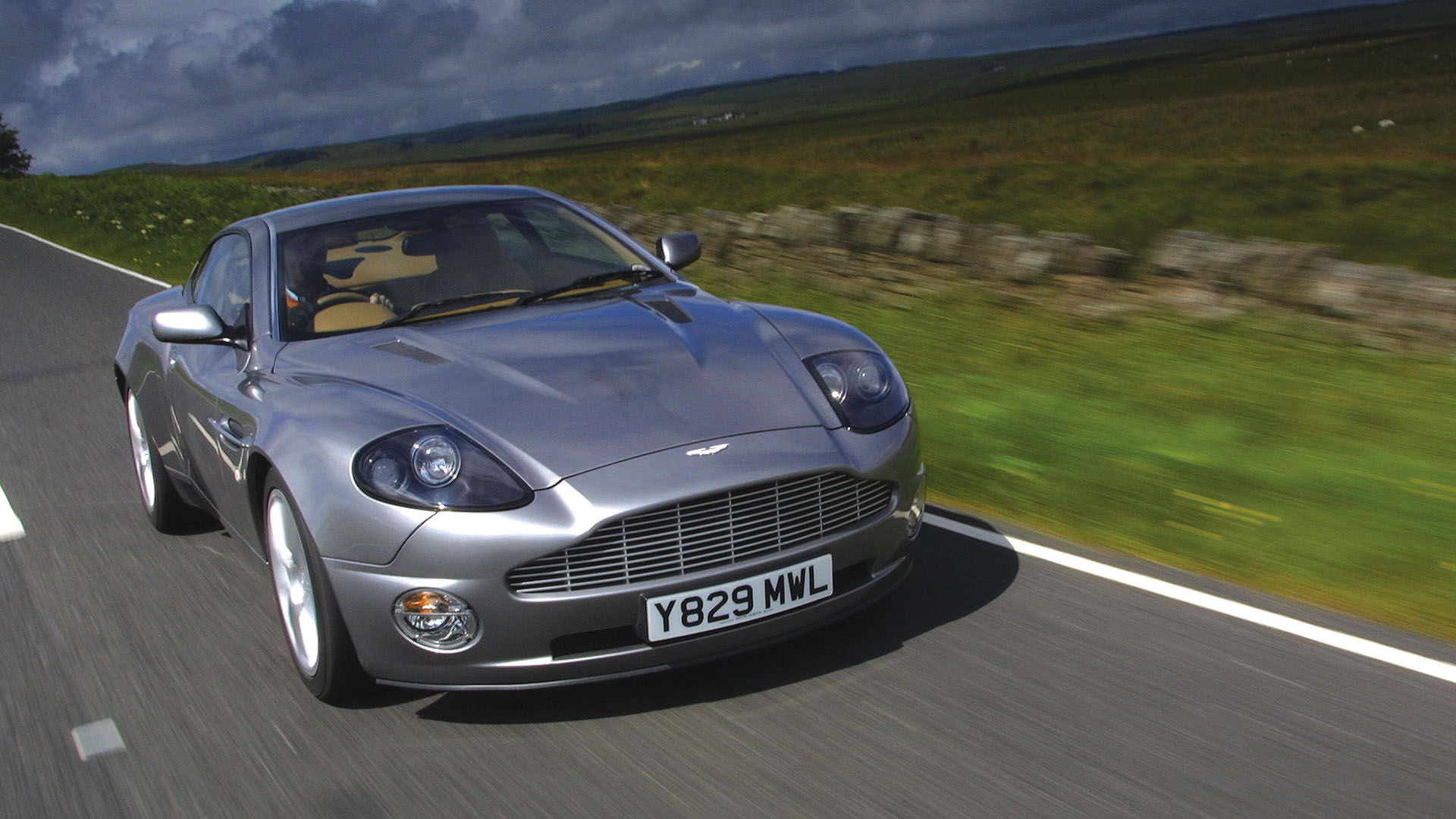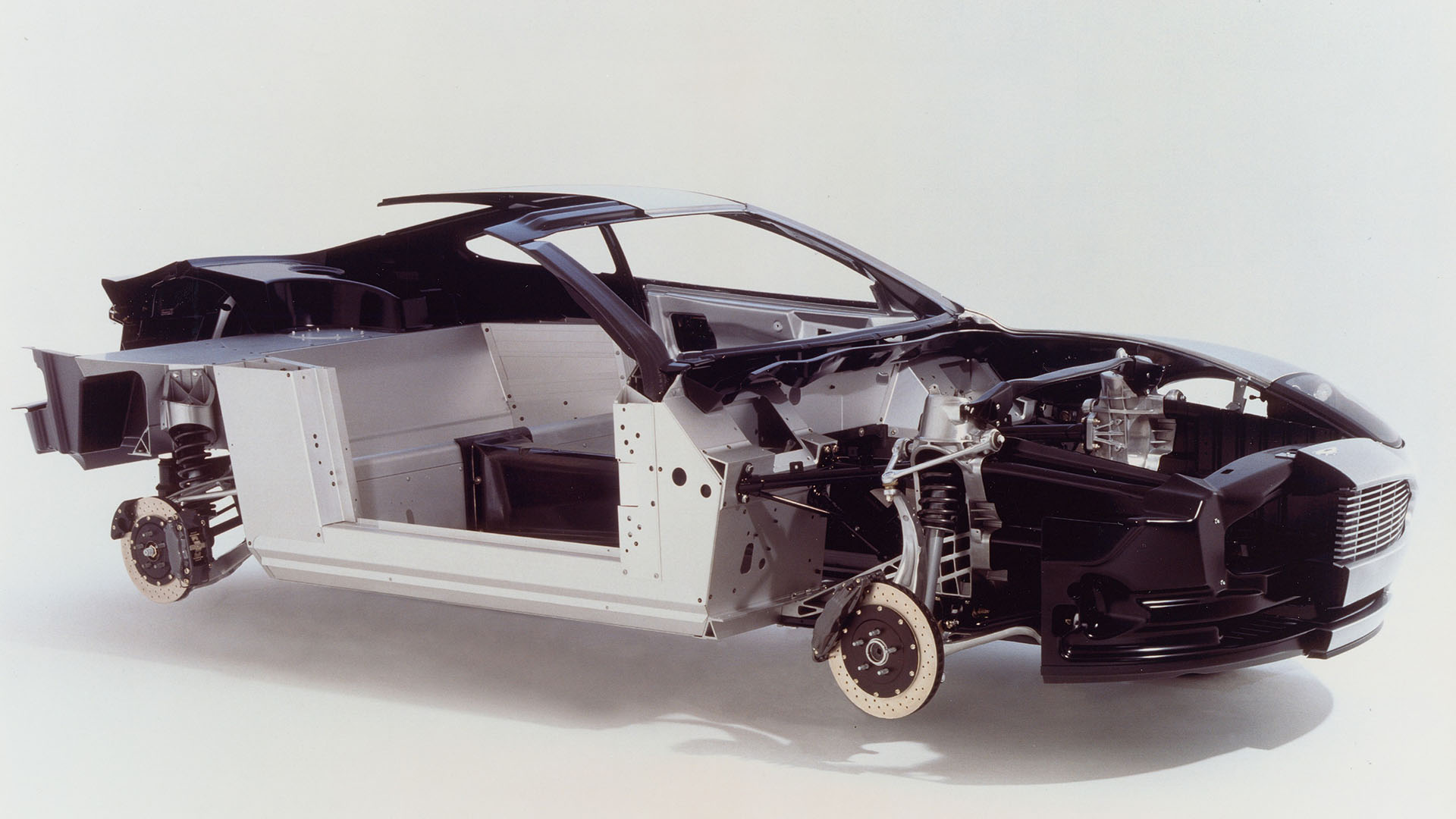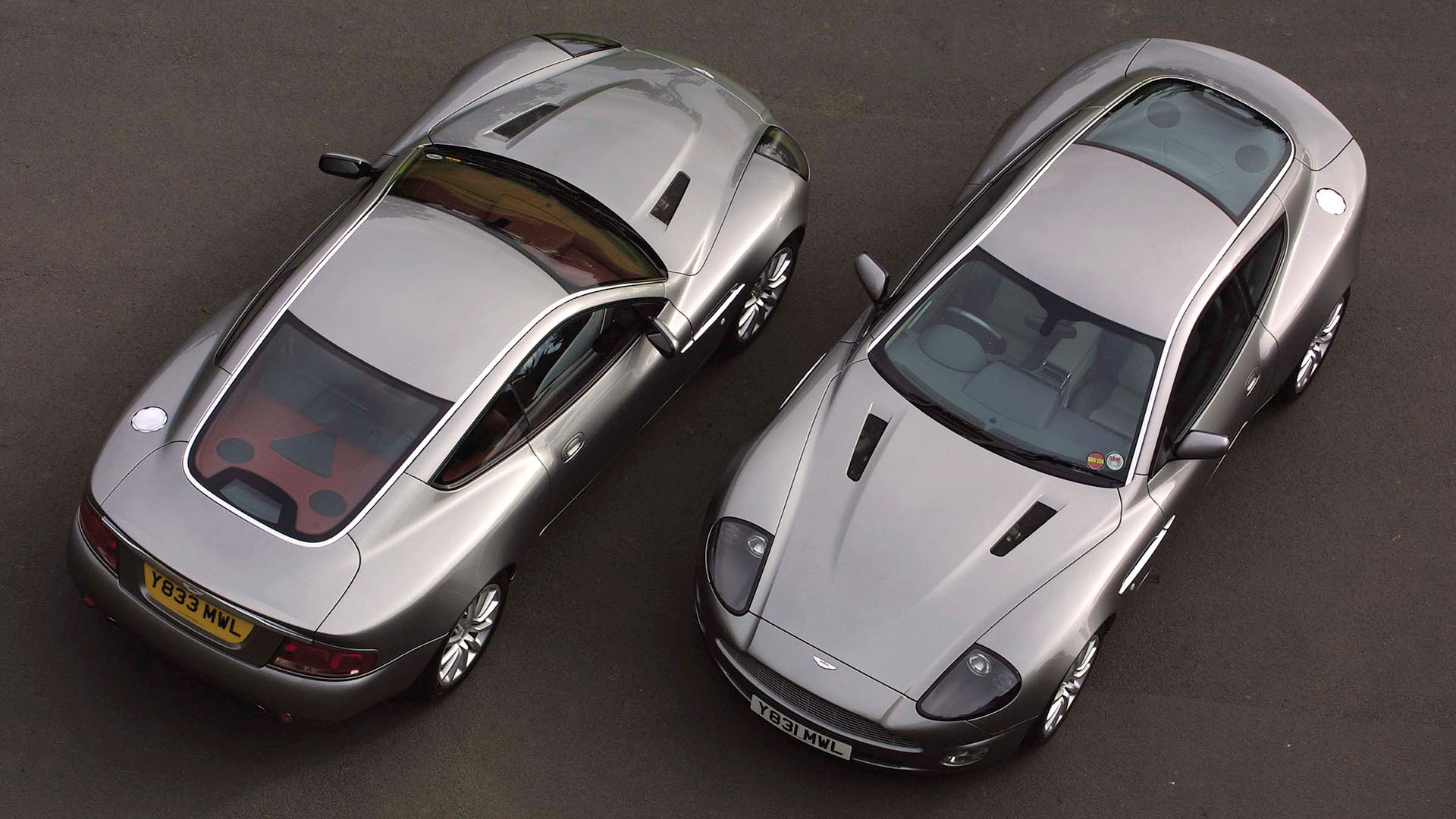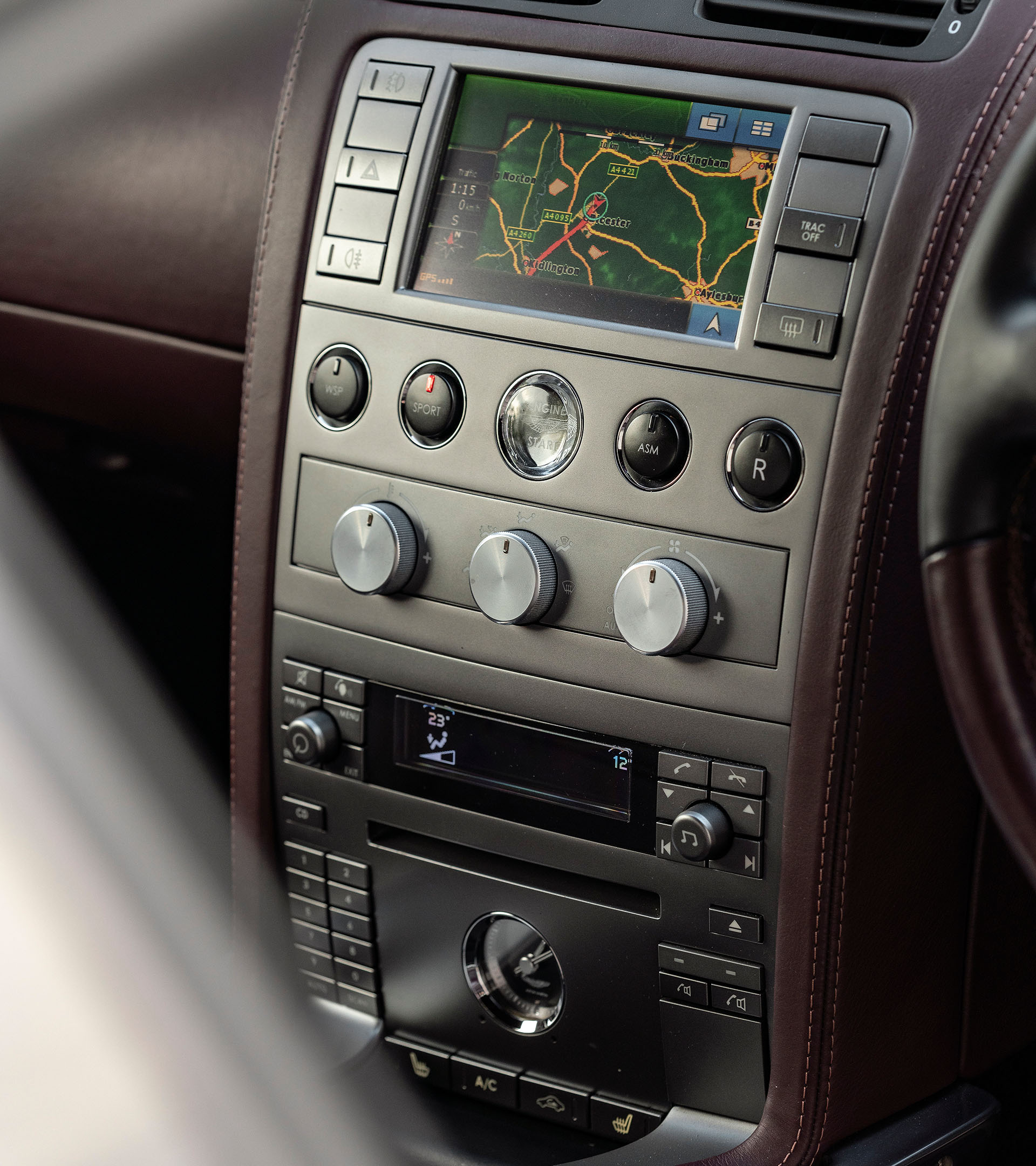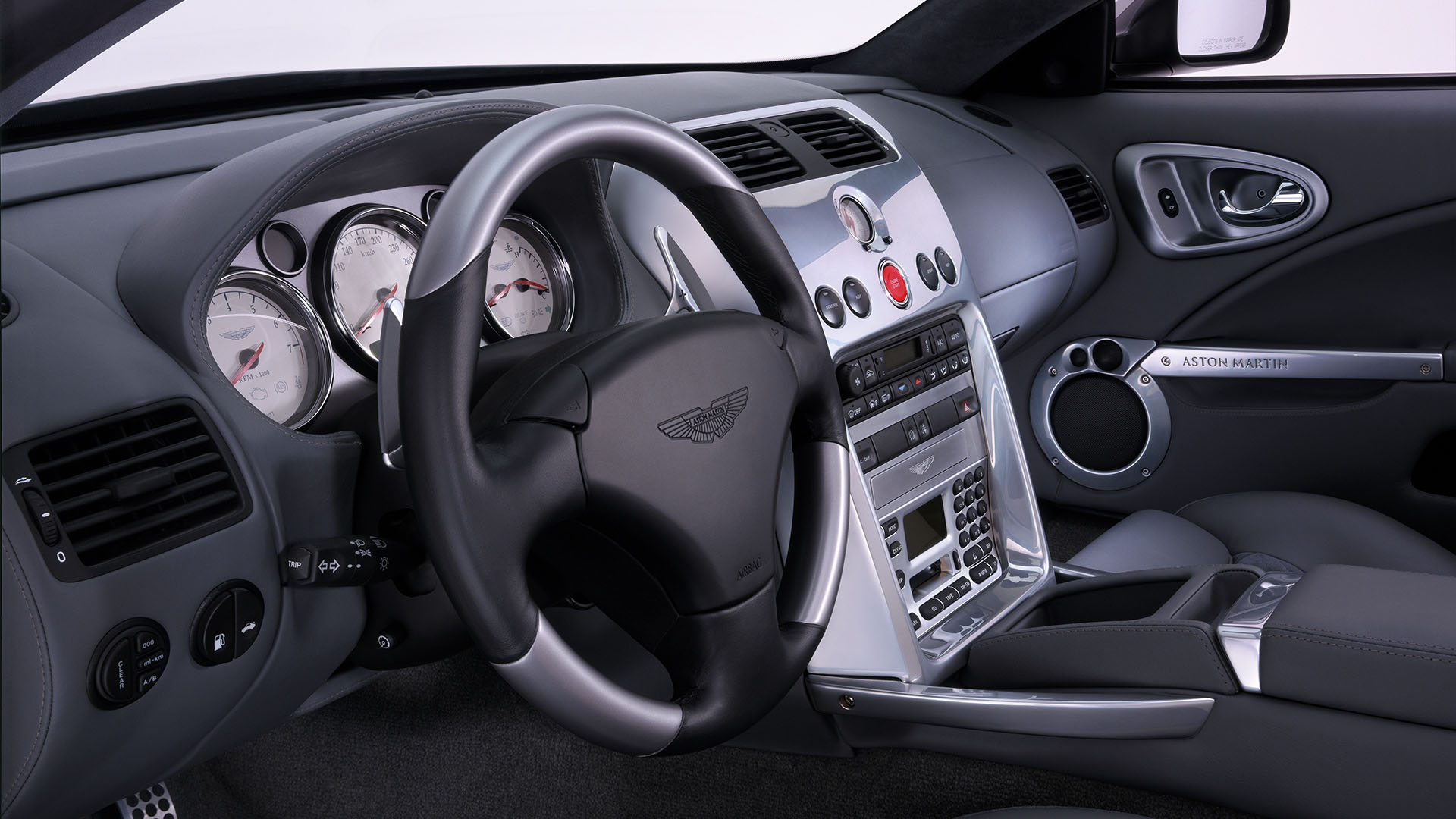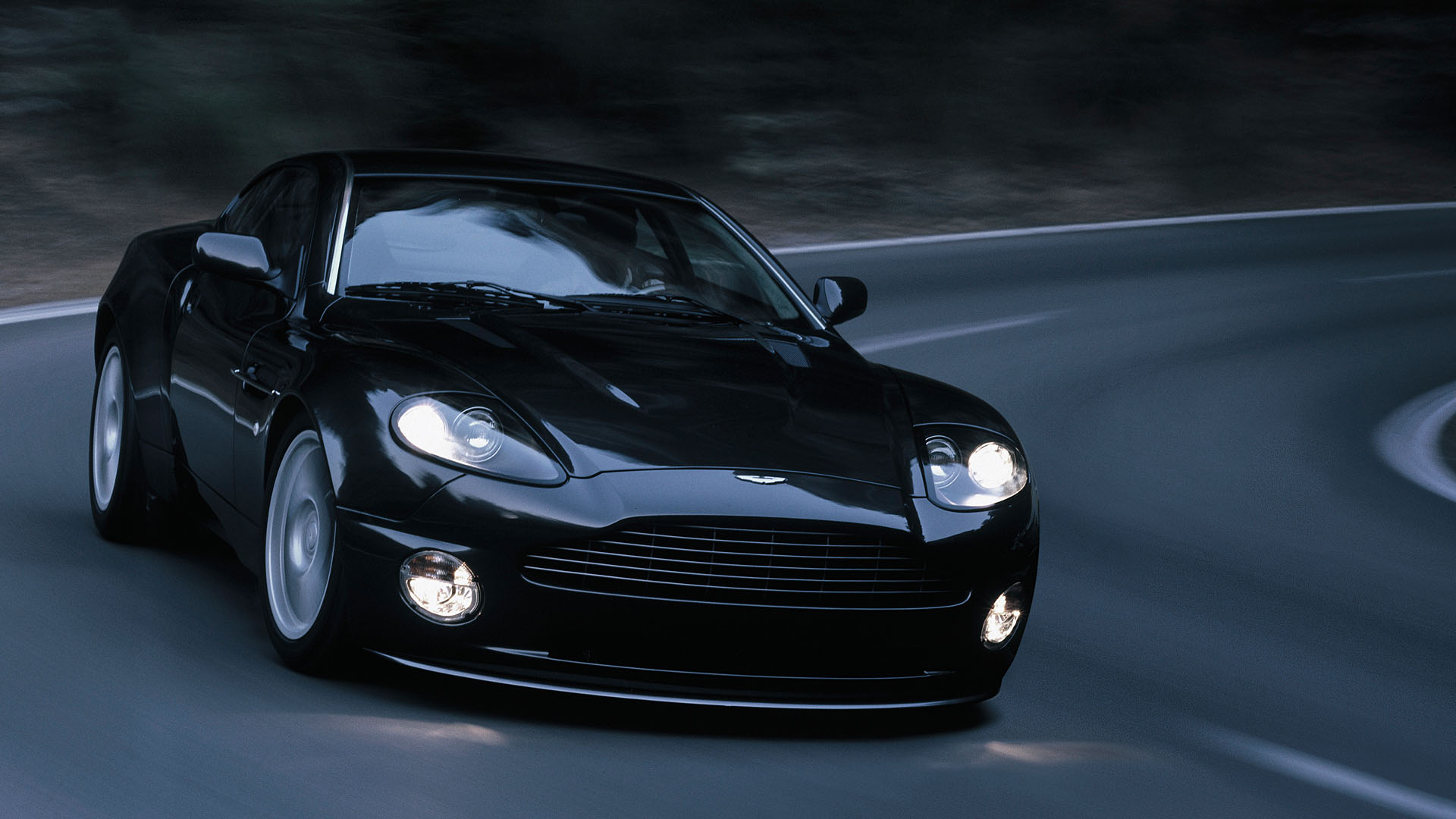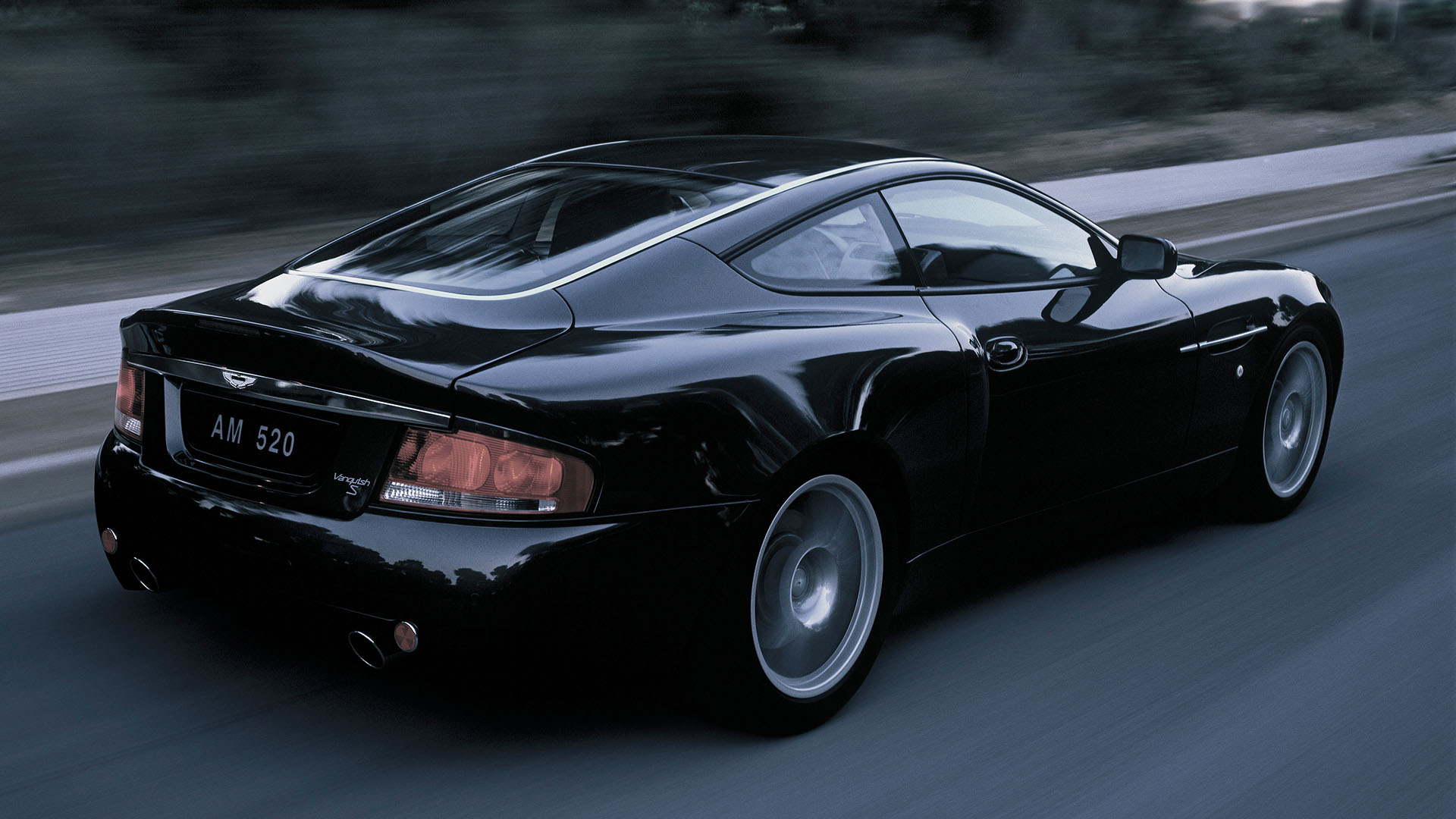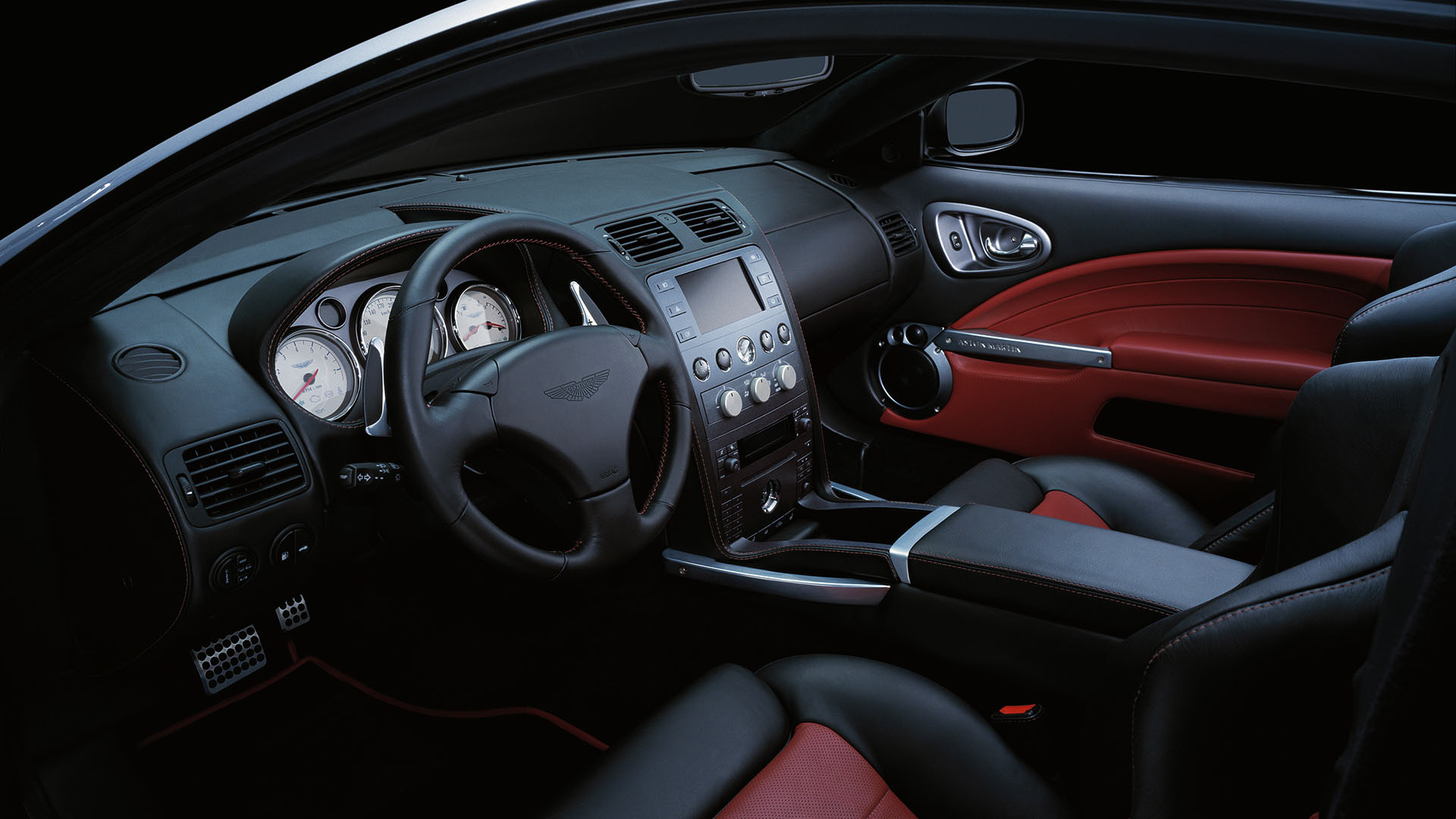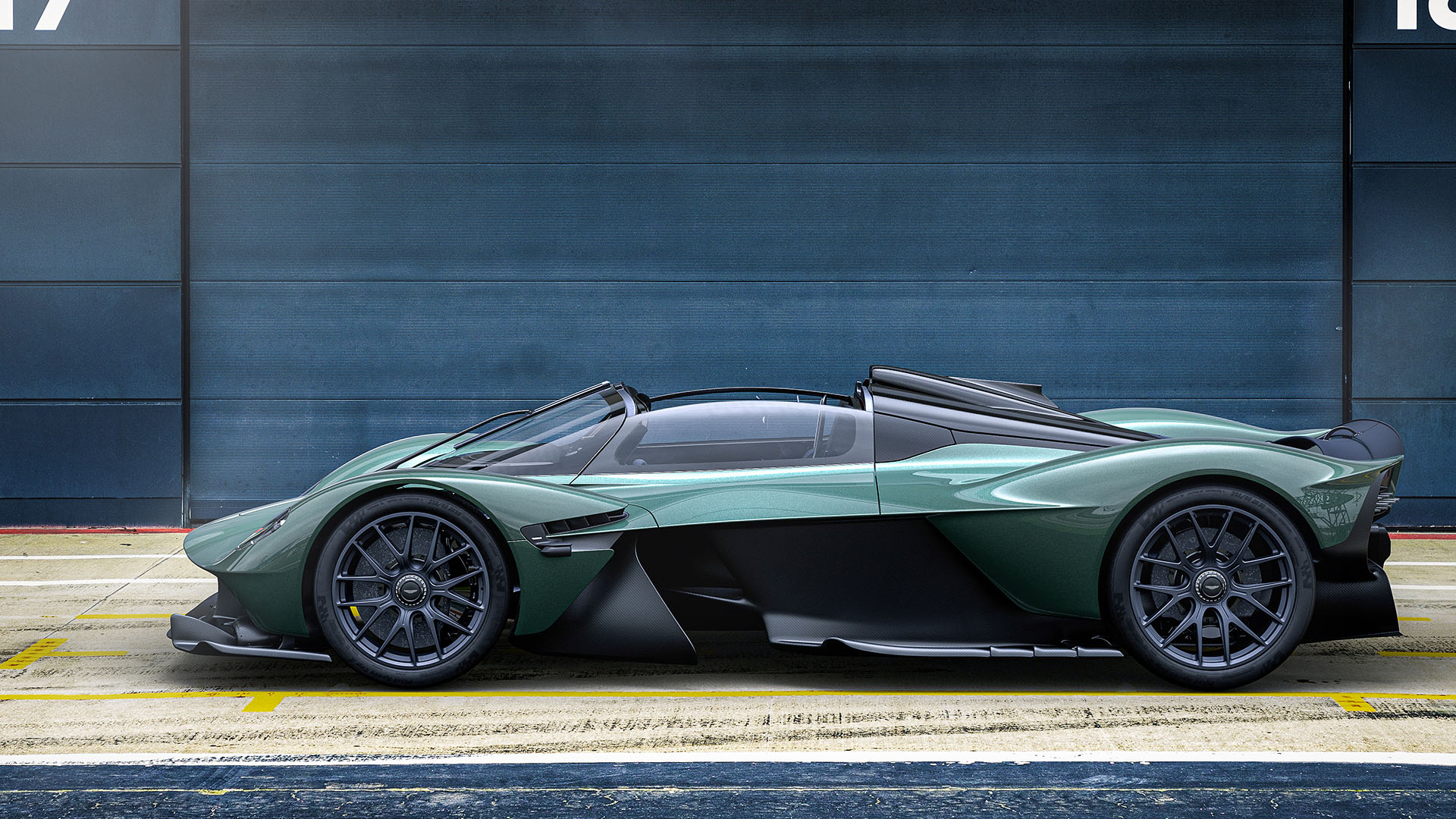OLBIA, Sardinia – What is the definition of a supercar? It varies from generation to generation, from country to country, and from brand to brand. It’s the type of complex question that could fuel pub talk until the taps run dry. Aston Martin’s supercars have historically been the low-slung two-door kind, but the British firm submitted a different answer by releasing the 2023 Aston Martin DBX 707. It’s an SUV that serves supercar-like power, supercar-like acceleration, and a supercar-like price. Does it deserve a spot in this elite group in spite of its family-friendly proportions? I traveled to the Italian Mediterranean island of Sardinia to find out.
On paper, the 707 is a DBX with a more powerful engine – that’s one way to sum it up but it’s cruelly unfair. Dig deeper and you’ll discover hundreds of changes made to differentiate the two models, both in terms of design and in terms of driving dynamics. The grille is 27% bigger (it’s not just BMW riding this train), the side skirts have been redesigned, there’s a carbon fiber spoiler attached to the top part of the hatch, and the rear bumper is now vented. One of the most striking design cues is the rear diffuser: loosely inspired by the unit fitted to the Valkyrie, it sticks out far beyond the bumper and looks ready to pick a fight with every curb that comes its way. Aston Martin told me you can still fit the 707 with a hitch, so that’s a relief. Wait: tow? With this? Certainly! Bolt that hitch on it and you can pull approximately 6,000 pounds.
While some of these tweaks are purely aesthetic, others allowed Aston Martin to hone the DBX’s aerodynamic profile. Adding splitters to the front bumper stabilizes airflow, for example, and Sam Holgate, Aston Martin’s chief designer for mid-engined models and SUVs, pointed out that the 707 has about 5% less lift than the regular DBX.
“Mainly, that came out from the front of the car by venting air out of the arches, but then we got it back with the rear spoiler, so this car is completely lift-neutral front to rear, regardless of whether you’re traveling at high or low speeds,” he told me.
In a way, the 707 is a laboratory that incorporates some of the feedback that Aston Martin has received about the DBX since production started in 2020. Buyers wanted soft-close doors; it’s got them. And, there is one improvement that Aston Martin’s engineering team is particularly proud of. “We redesigned the cupholders to take a bigger variety of cups,” said Andrew Tokley, Aston Martin’s senior manager of vehicle engineering. Customer feedback, much of it from American buyers directly shaped the new cupholders (no mention of American car reviewers). Scoff if you must, but they were surprisingly useless before.
As in the regular DBX, all of the materials that the passengers see and touch are top-notch, which you’d rightfully expect in a vehicle that goes deep into $200,000 territory. Aston Martin really sweated the details: every stitch is correctly aligned and every switch feels solid. Its heritage is rooted in luxury, after all.
The only disappointment inside – and it’s not an insignificant one – is the infotainment system. Yep, I heard you: “no one buys an Aston Martin to get a fancy touchscreen!” Fair enough, but technology has, for better or worse, become one of the yardsticks used to measure luxury cars and the DBX falls short here. It’s fitted with what’s essentially an older Mercedes-Benz infotainment system, meaning one controlled by a touchpad and a dial rather than a touchscreen. It’s bulky and unintuitive; the DBX deserves better, especially since there are some cool features and menus stuffed into the software.
![]()
![]()
![]()
Power comes from a twin-turbocharged, 4.0-liter V8. It’s the familiar eight-cylinder that Aston Martin borrowed from Mercedes-AMG to drop into several of its models, including the regular DBX, but here it’s tuned to develop 697 horsepower at 6,000 rpm (or 707 pferdestärke – hence the name) and 663 pound-feet of torque at 4,500 rpm. Enthusiasts familiar with AMG’s V8 cookbook will recognize that no in-house recipe yields these numbers, and that’s because this is a British recipe, not a German one.
“The Mercedes-Benz technology transfer agreement is very important for us, and this is one of the outcomes. We were able to make several refinements to the engine. The agreement also gives us the leverage to be much quicker to the market,” said Aston Martin boss Tobias Moers. Importantly, and this is not a coincidence, his last job was running the very company that designed the engine: AMG. His gravitational pull was strong enough to bring a few key people with him to England, including Ralph Illenberger. He’s now Aston Martin’s head of powertrain having previously been AMG’s head of engine development.
Tokley explained that some of the changes made in-house include fitting turbochargers equipped with ball bearings instead of journal bearings. Software and calibration tweaks entered the equation as well.
From the crankshaft, the V8’s cavalry reaches the four wheels via a nine-speed automatic transmission linked to beefy shift paddles, an active transfer case, an upsized carbon fiber driveshaft (which doesn’t have a center bearing in order to save weight), and an electronic limited-slip rear differential with a final drive ratio that’s 7% shorter than the standard DBX’s. Hitting 60 mph from a stop consequently takes 3.1 seconds, a number that becomes even more impressive when you take into account the 4,940-pound mass that the engine needs to lug around. The nine-speed automatic keeps up with the pace by delivering quick, crisp shifts, either on its own or manually. The shift paddles are even larger than those in the regular DBX, and are made of carbon fiber rather than metal.
![]()
![]()
![]()
Aston Martin lets you choose how loudly the DBX 707 comes to life. For the standard exhaust note, simply push the “engine start/stop” button located on the dashboard, between the buttons used to put the transmission in gear. To turn it up, which I highly recommend, keep the left shift paddle pulled as you push the ignition button. The difference in decibels is perceptible, both inside and out. The V8’s song is worth turning down the audio system for, and Aston Martin spent a great deal of time fine-tuning it. Moers, a man whose love of great-sounding engines is well documented, personally weighed in on it.
Unless you’re a current Aston Martin owner, the brand’s long-standing automatic shifter location takes a little bit of time to get used to; your hand instinctively reaches for the center console. But, once you’re off, you’re off. The DBX’s acceleration is nearly instantaneous, which is surprising because the engine’s full horsepower and torque outputs aren’t available until 6,000 and 4,500 rpm, respectively. There is so much of both under your right foot that the engine curve matters far less than it does in a car with, say, 150 horsepower. At full throttle, the DBX delivers the type of gut-twisting acceleration associated with a supercar. Try launch control once, and I’ll bet the cost of my test car’s optional 23-inch wheels (that’s $5,100, by the way) that you’ll immediately stop to do it again.
The chassis improvements came to life on twisty Sardinian roads. This is not a light car, and it never feels like one, but dialing in a 52% front and 48% rear weight distribution ensures it’s not as front-heavy as you’d expect. It’s reasonably well balanced, especially considering the segment that it competes in. The air suspension and 48-volt anti-roll control keep body motions in check, and the massive tires unlock a reassuring (and almost supernatural!) level of grip. Bend after bend, the DBX 707 delights with precise, well-weighted steering … until I come out of a sharp right-hander, foot half-buried in the throttle, and realize I’m barreling towards a group of goats chilling in the middle of the road. That’s where the standard carbon ceramic braking system comes in. Rest assured: the DBX passed the goat avoidance test with flying colors.
![]()
![]()
On straighter, faster roads where the odds of encountering cheese-producing livestock are lower, the DBX 707 is a pleasant and comfortable car to cruise in. Like the regular DBX, actually, the 707’s wild side is entertaining, but it knows how to be calm when the occasion calls for it. It’s also quiet thanks in part to remarkably thick windows. Only the V8’s song permeates the cabin. Some of it comes from the speakers, though Tokley stresses that the actual exhaust note is being piped through rather than a fake sound emitted by a synthesizer. For the braver souls among us, there’s an off-road mode that increases the ground clearance.
Due out in the second quarter of 2022, the 2023 Aston Martin DBX 707 starts at $239,086 including a massive $3,086 destination charge, and the $300,000 threshold is effortlessly reached when you begin ticking option boxes – my tester cost $291,586. At this stage, what are you really cross-shopping the DBX 707 with? Any of the other family haulers that cost nearly a quarter of a million dollars, sure, but you could also get a used Cessna or buy a cabin in a picturesque part of the Alps and a four-wheel-drive Dacia Duster to get there. That’s the point: the heart crushes the brain in this equation. No one needs a 697-horsepower SUV, but the acceleration, the sound, the design, and the luxury make you want one. Cast in this light, ground clearance and seat count be damned: the DBX 707 is a modern supercar.
Related Video:

